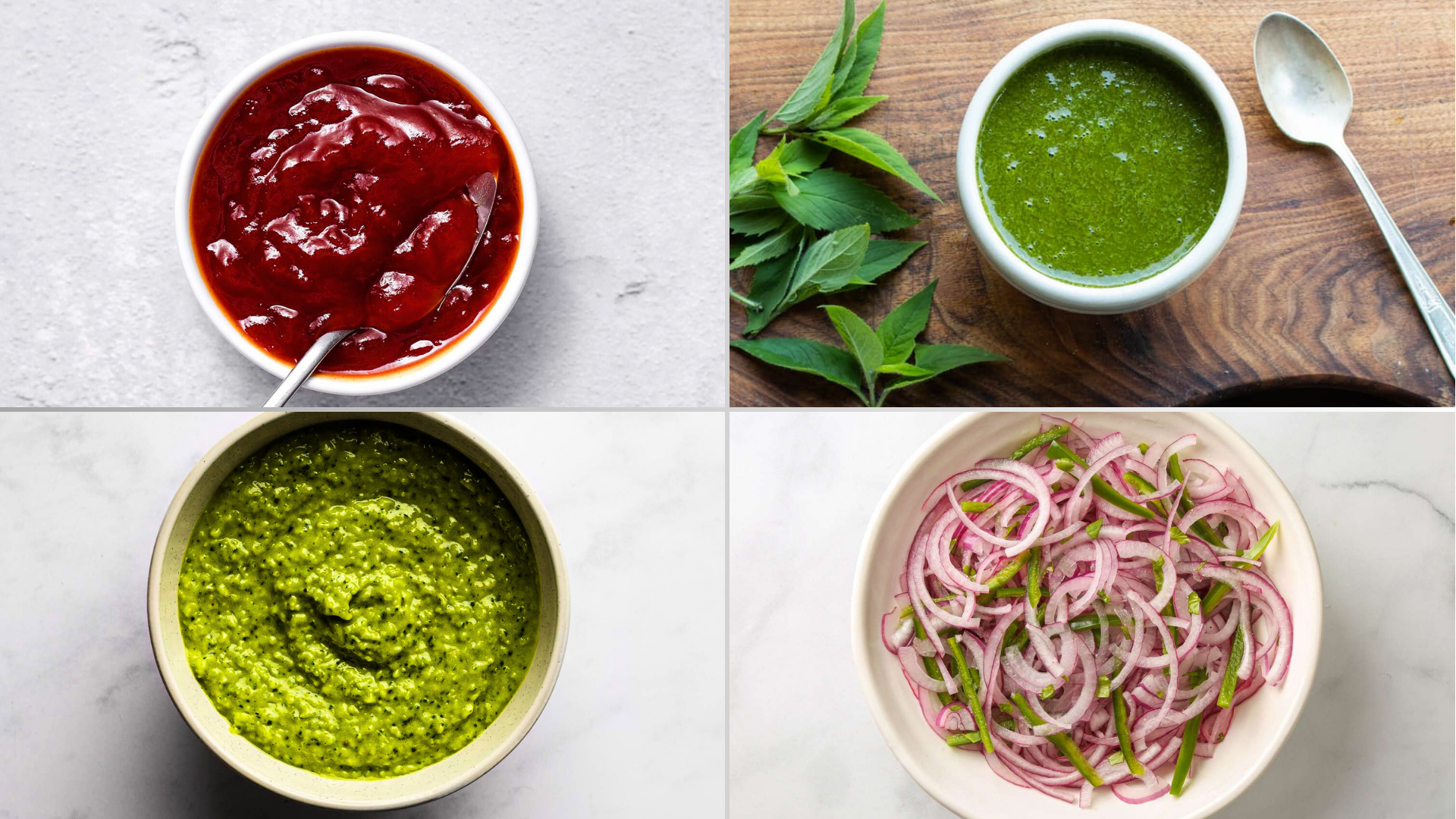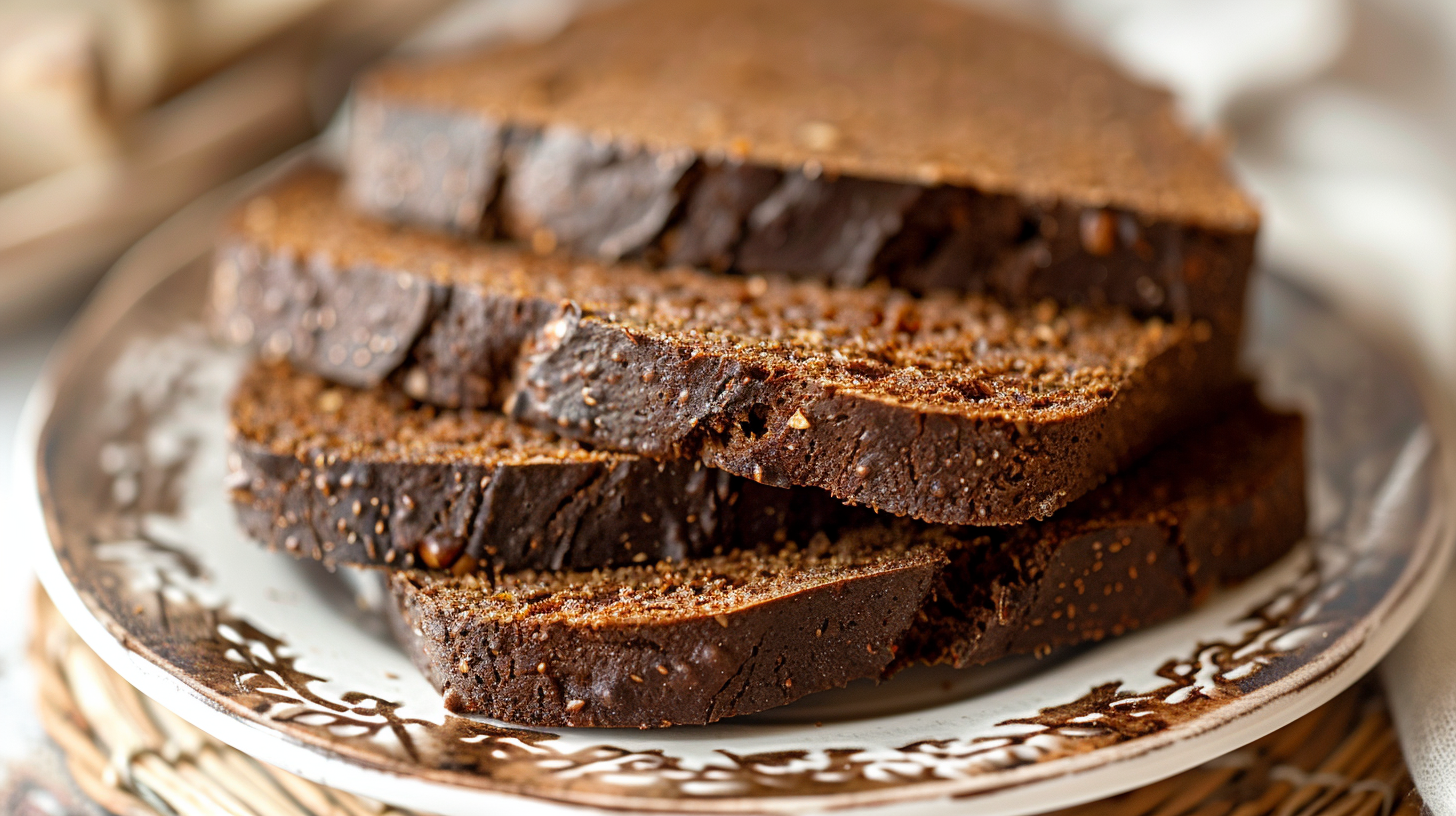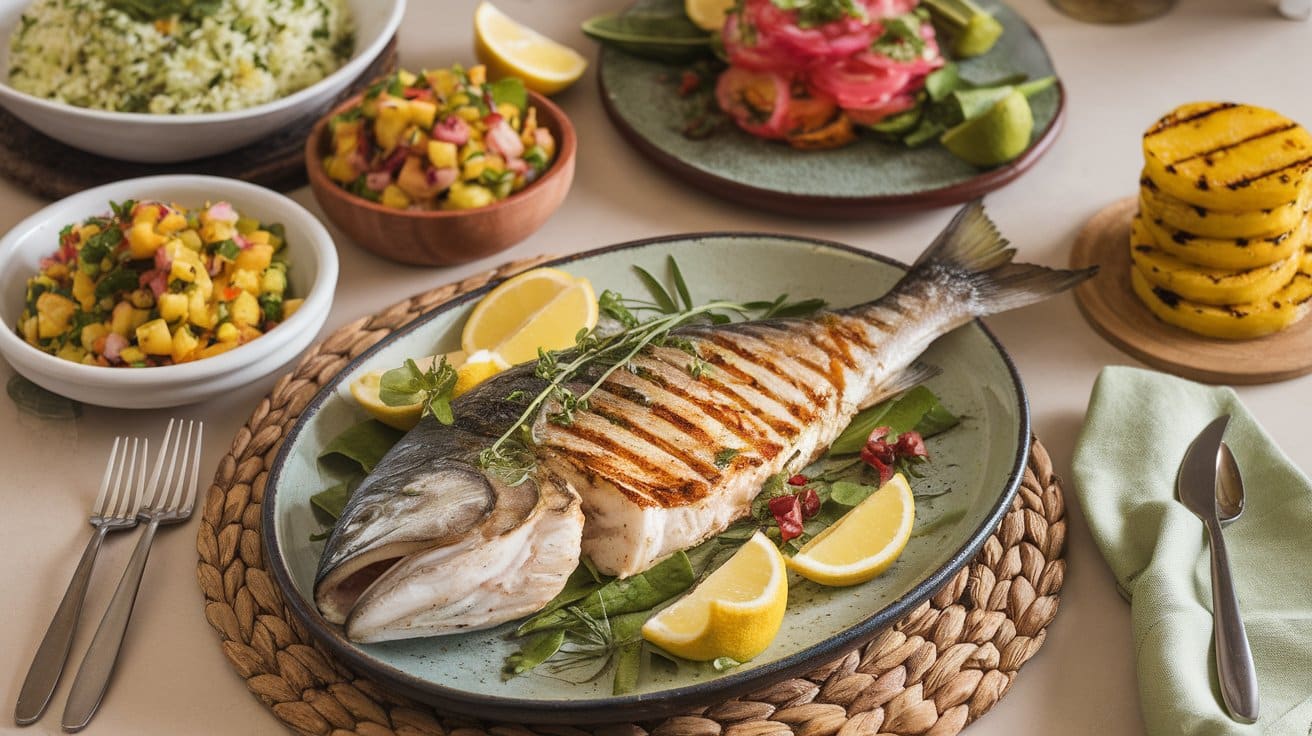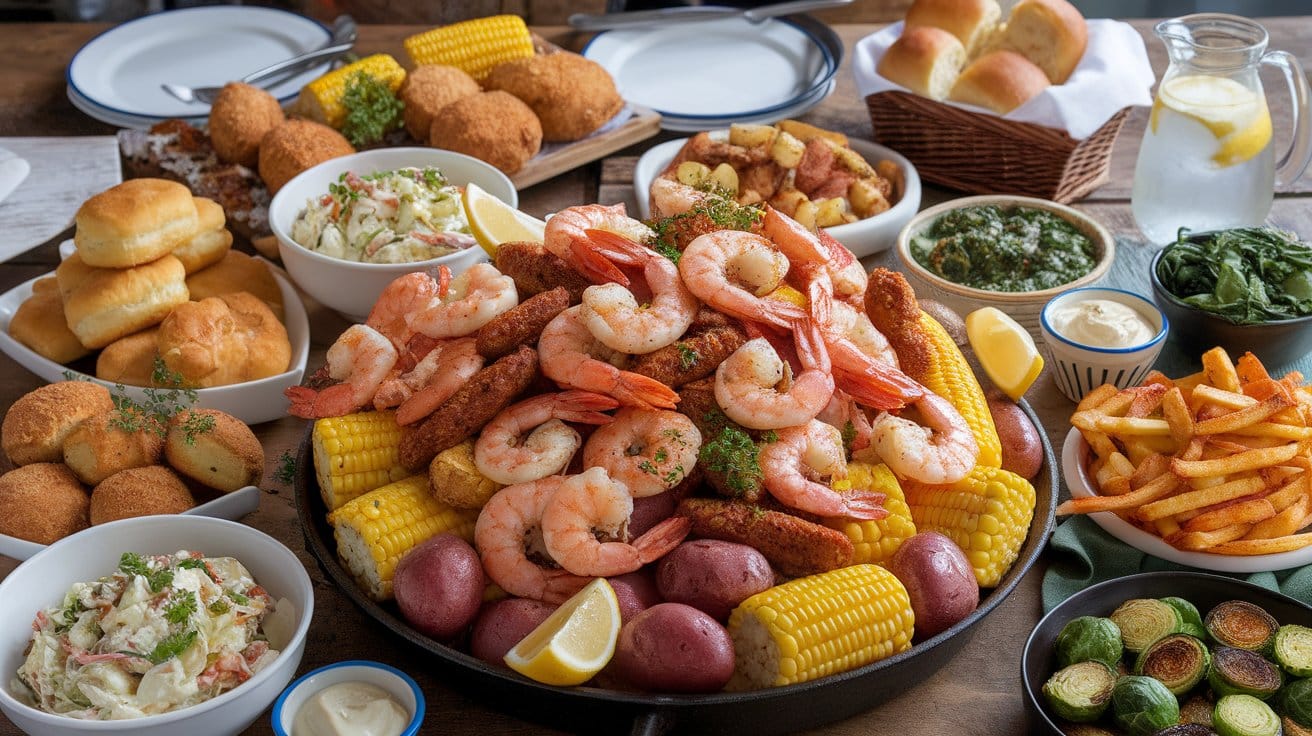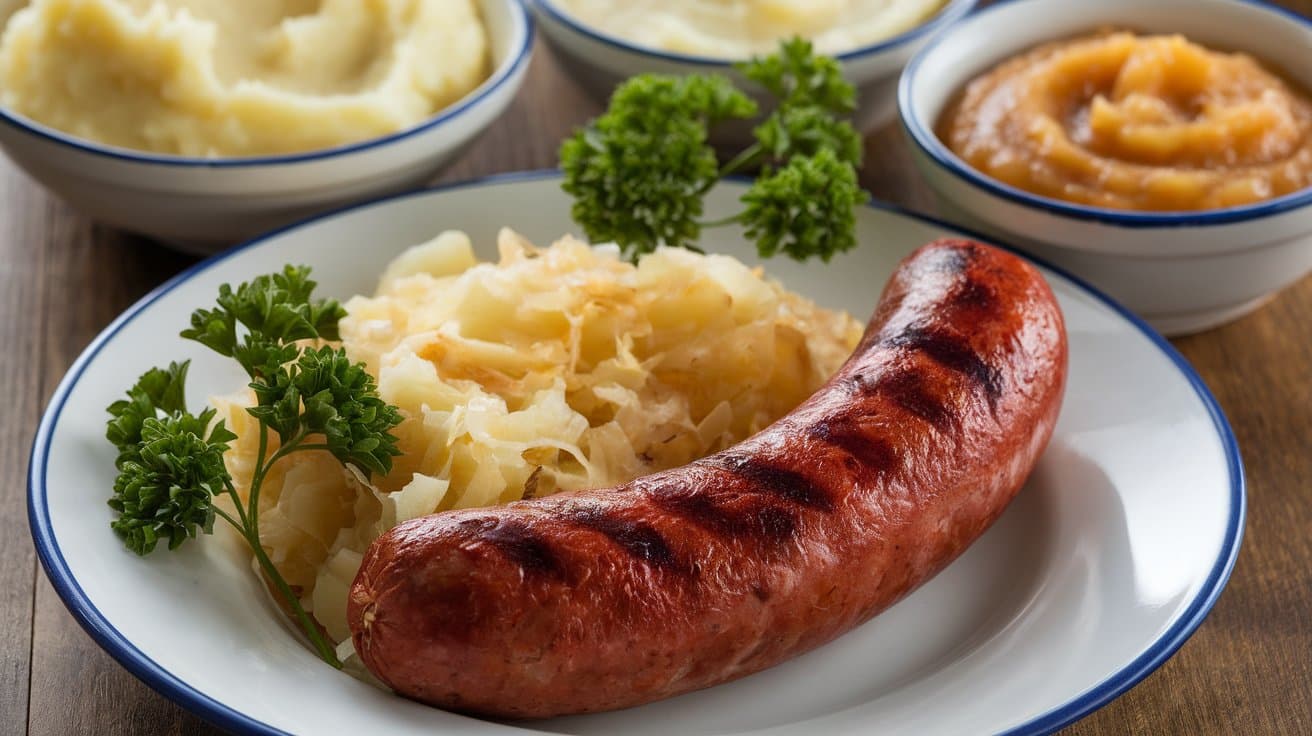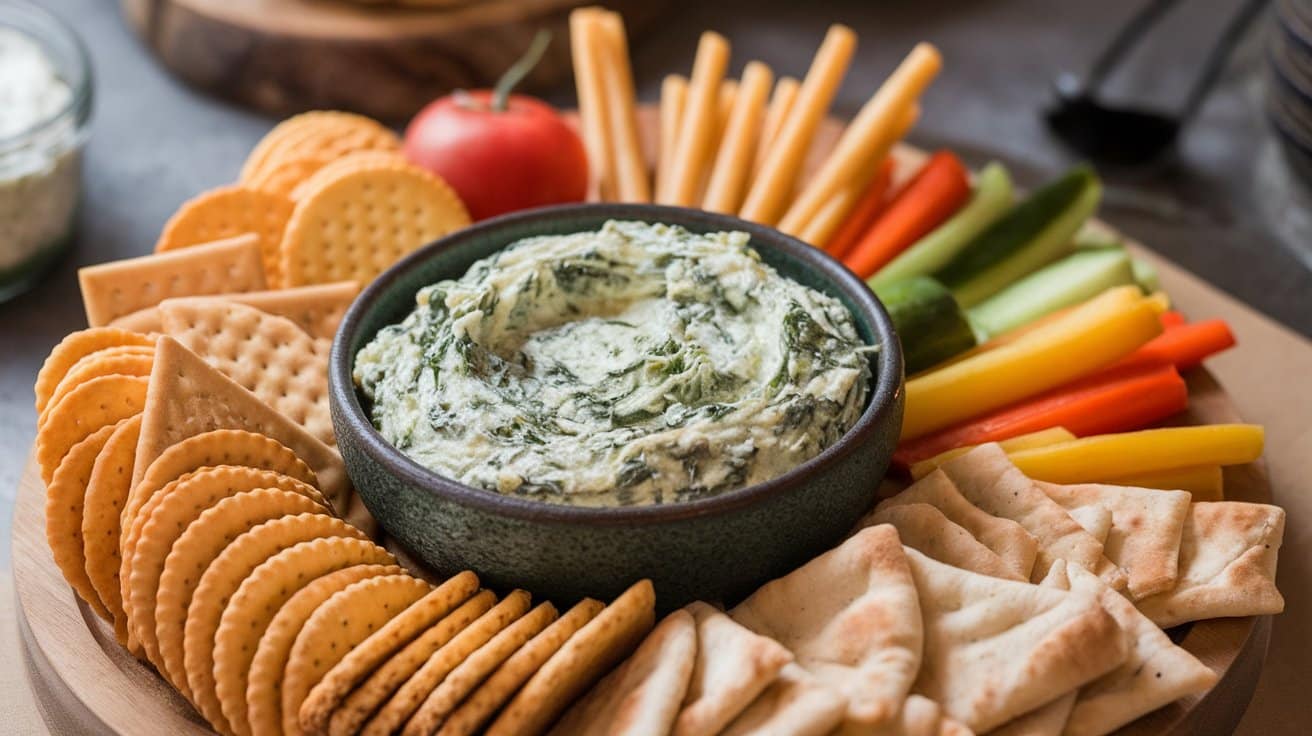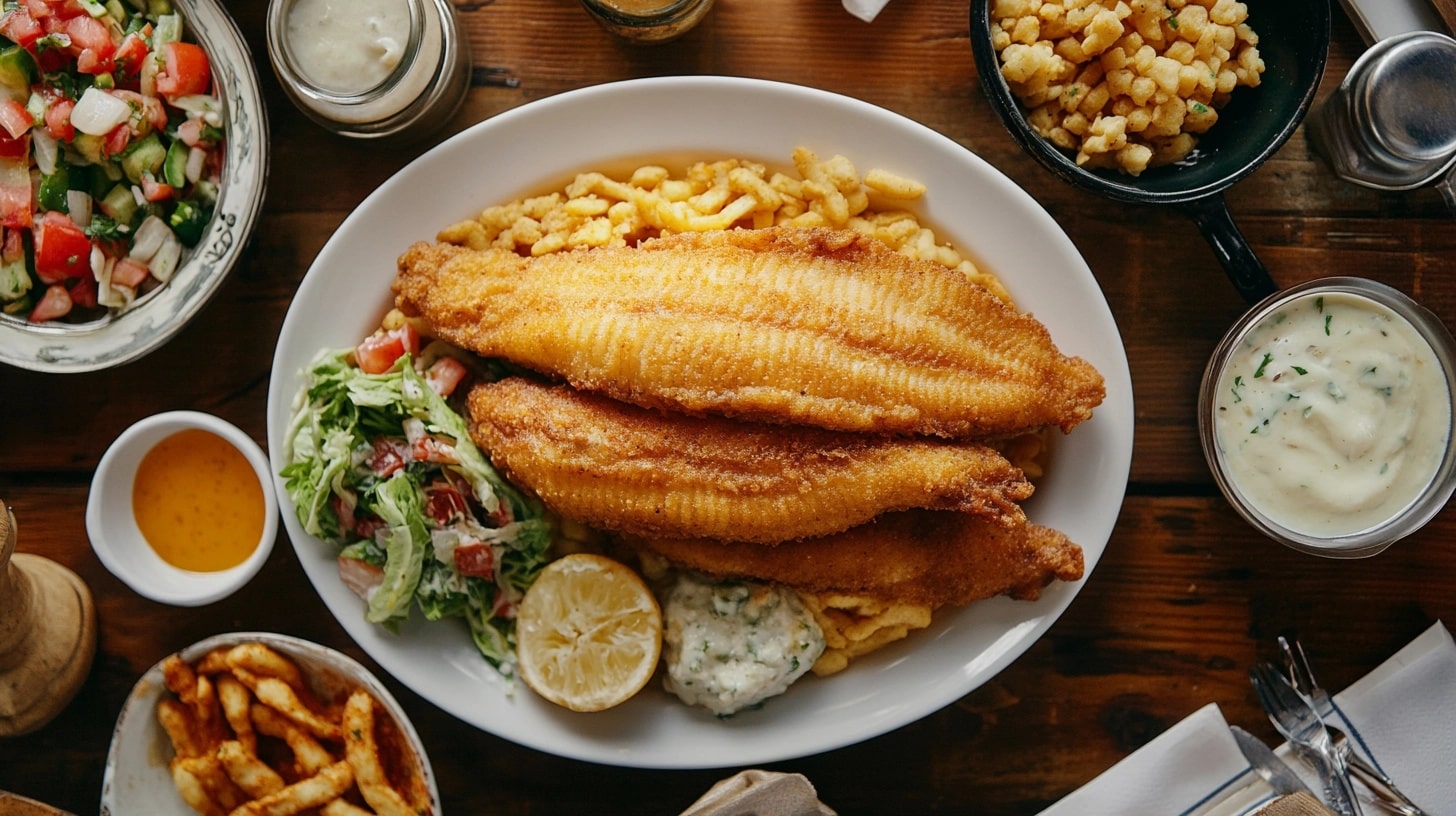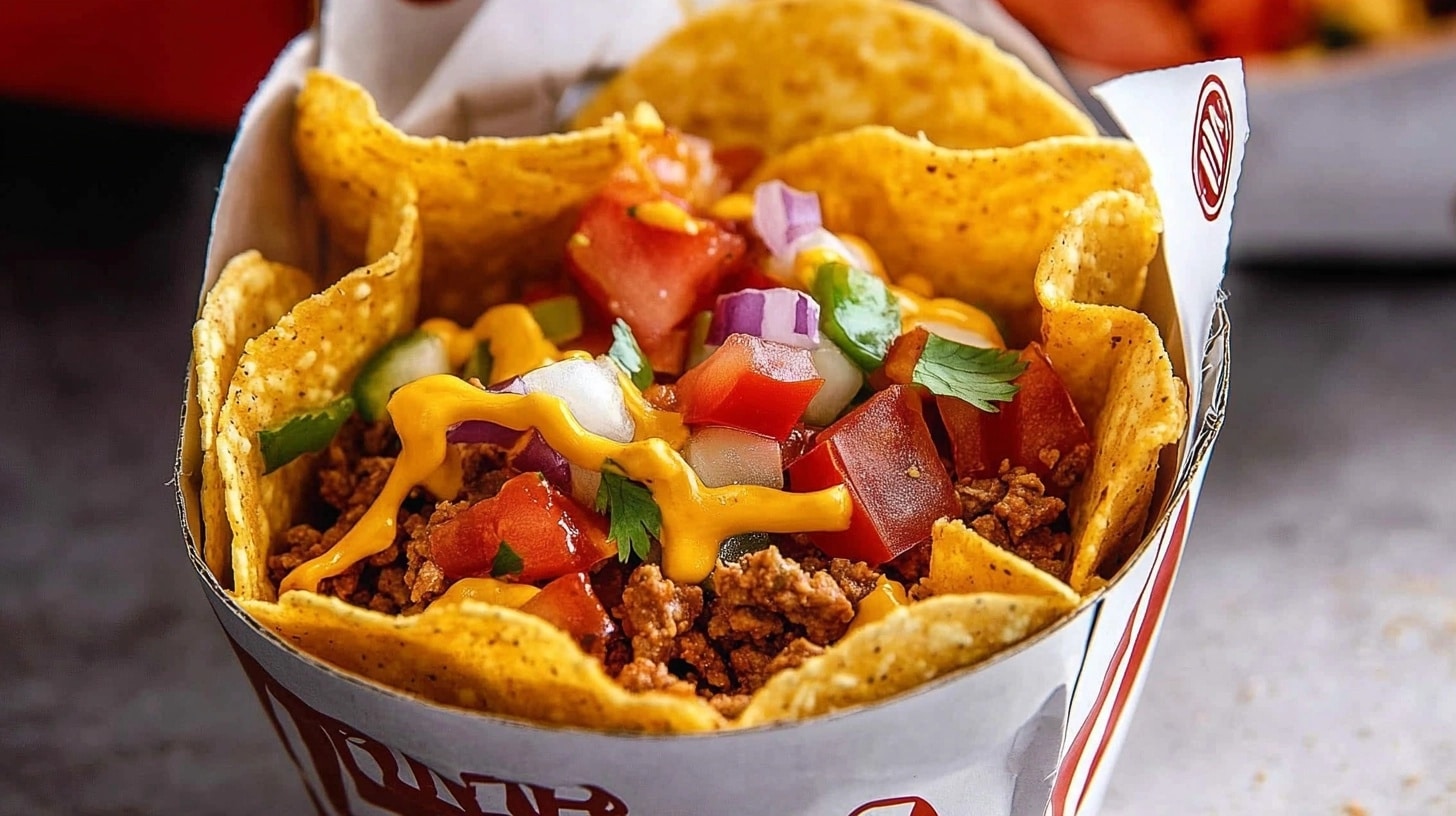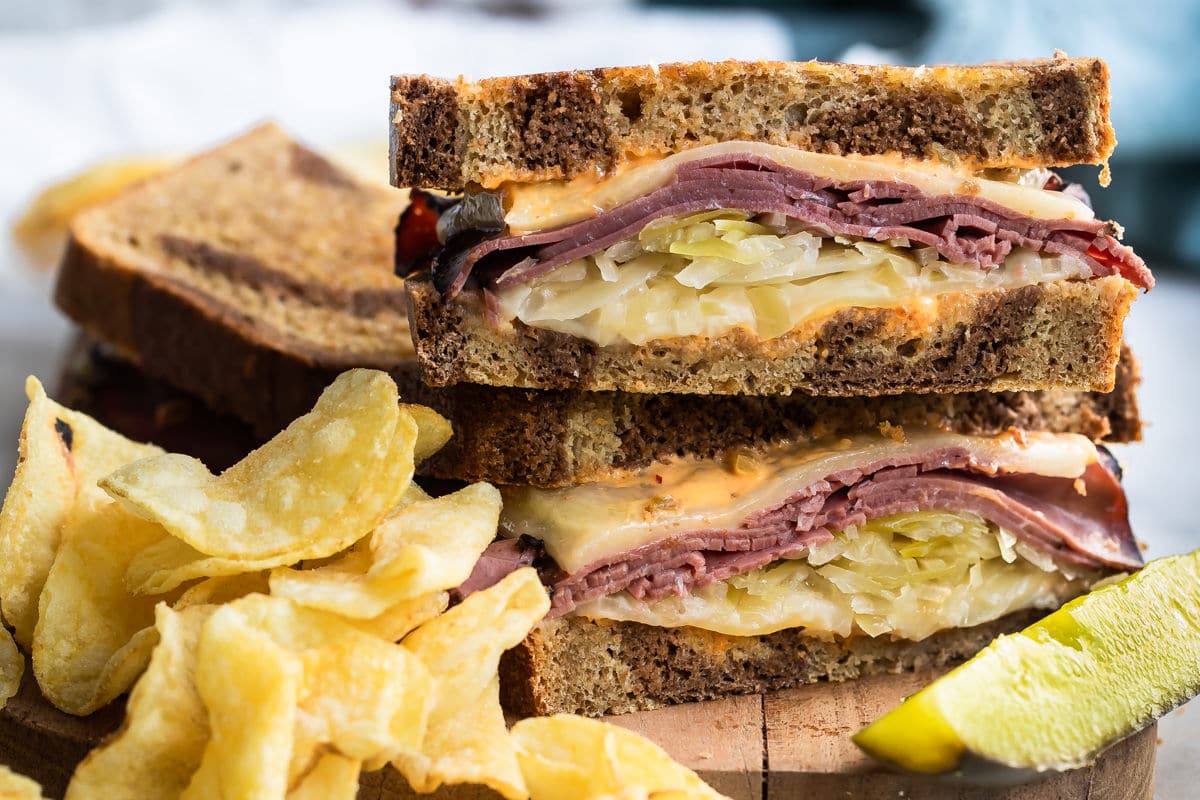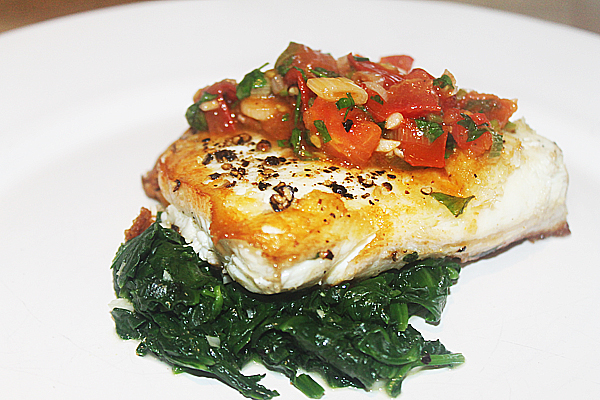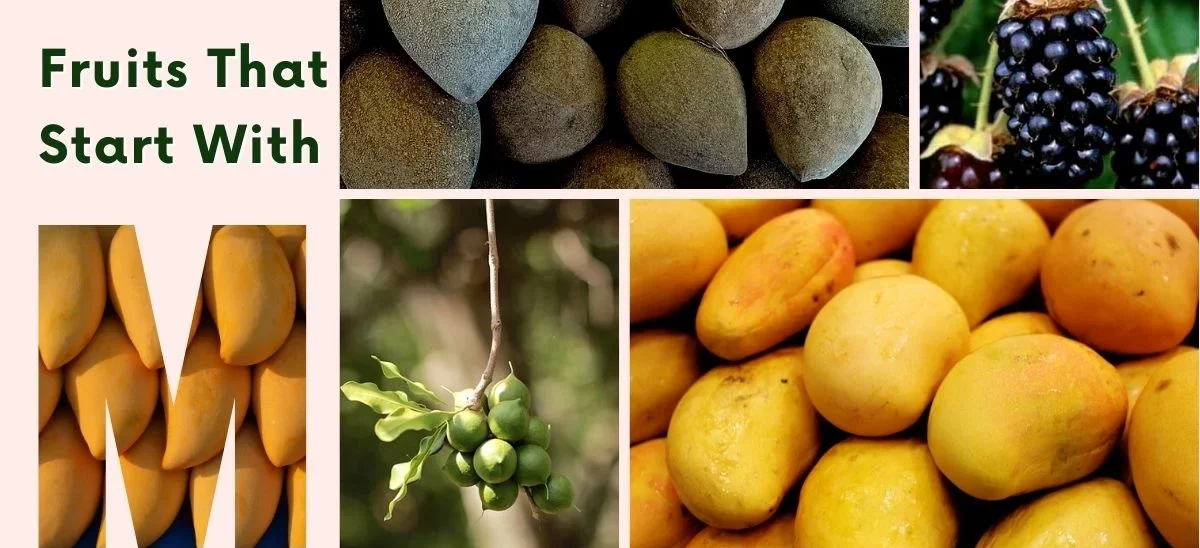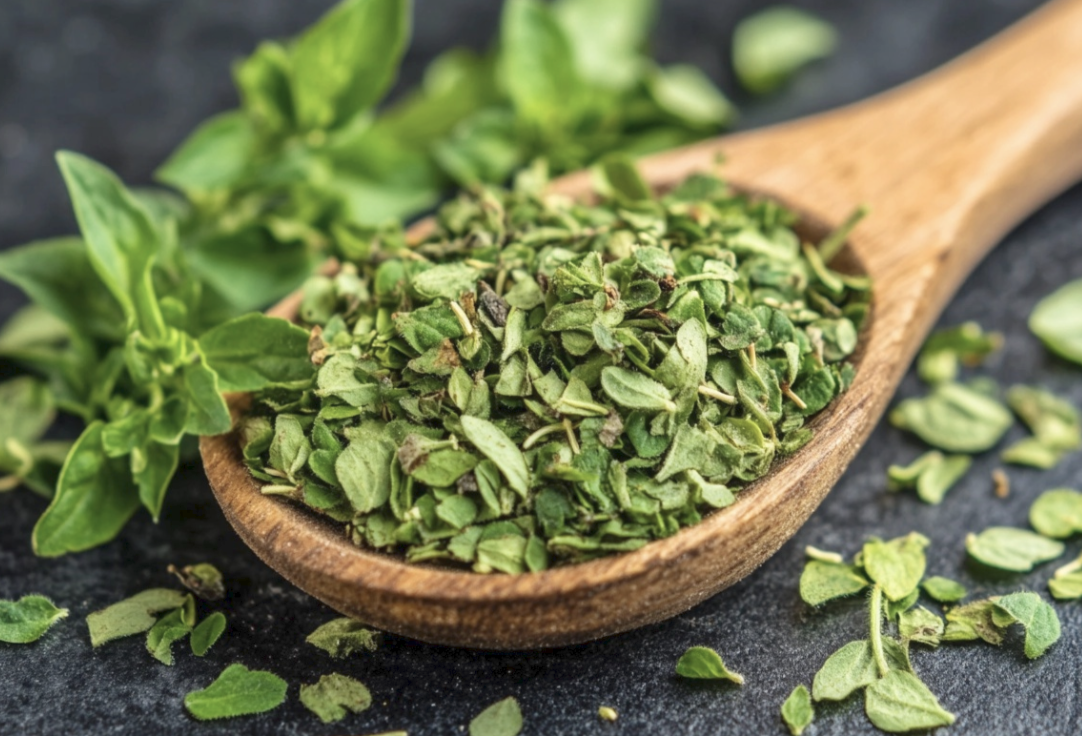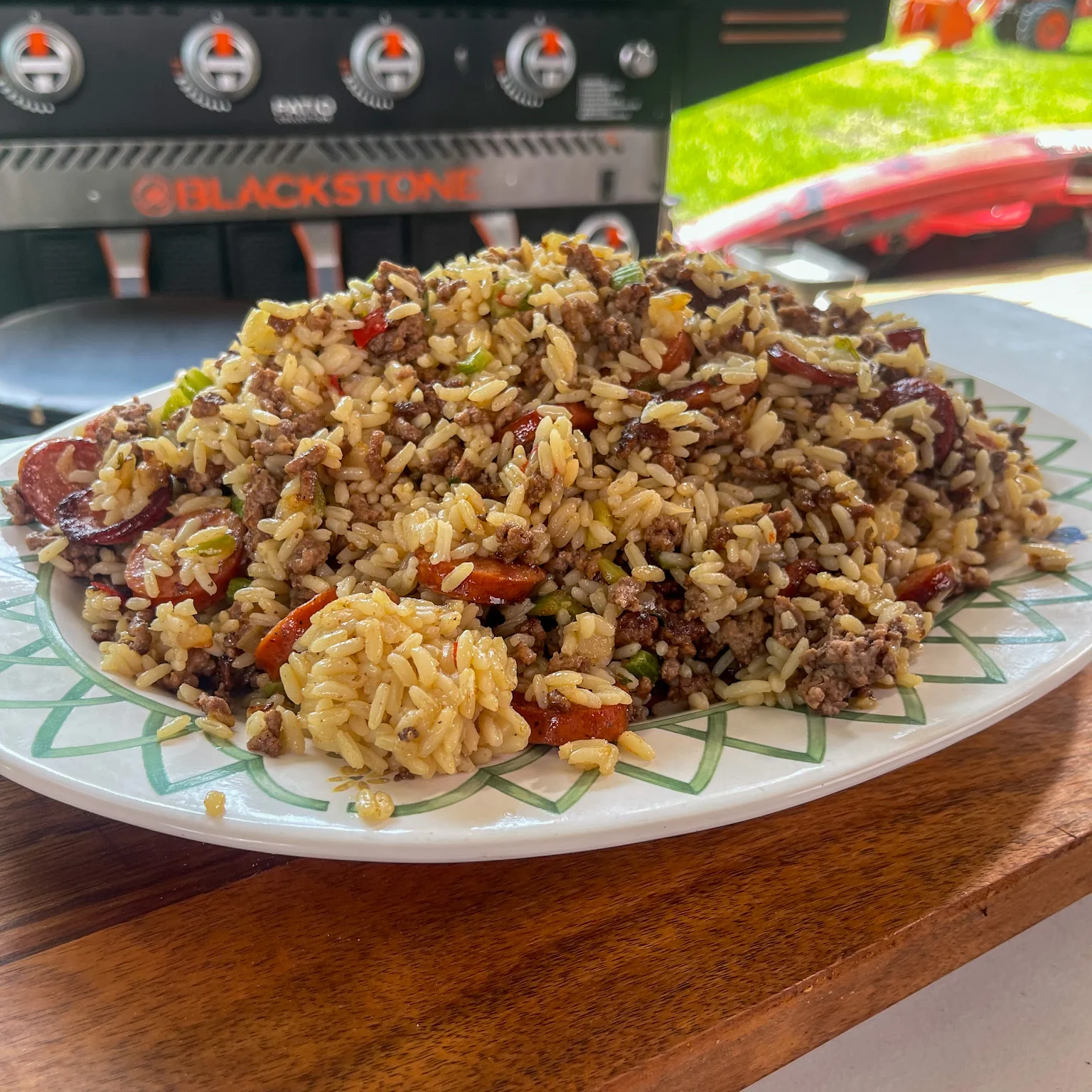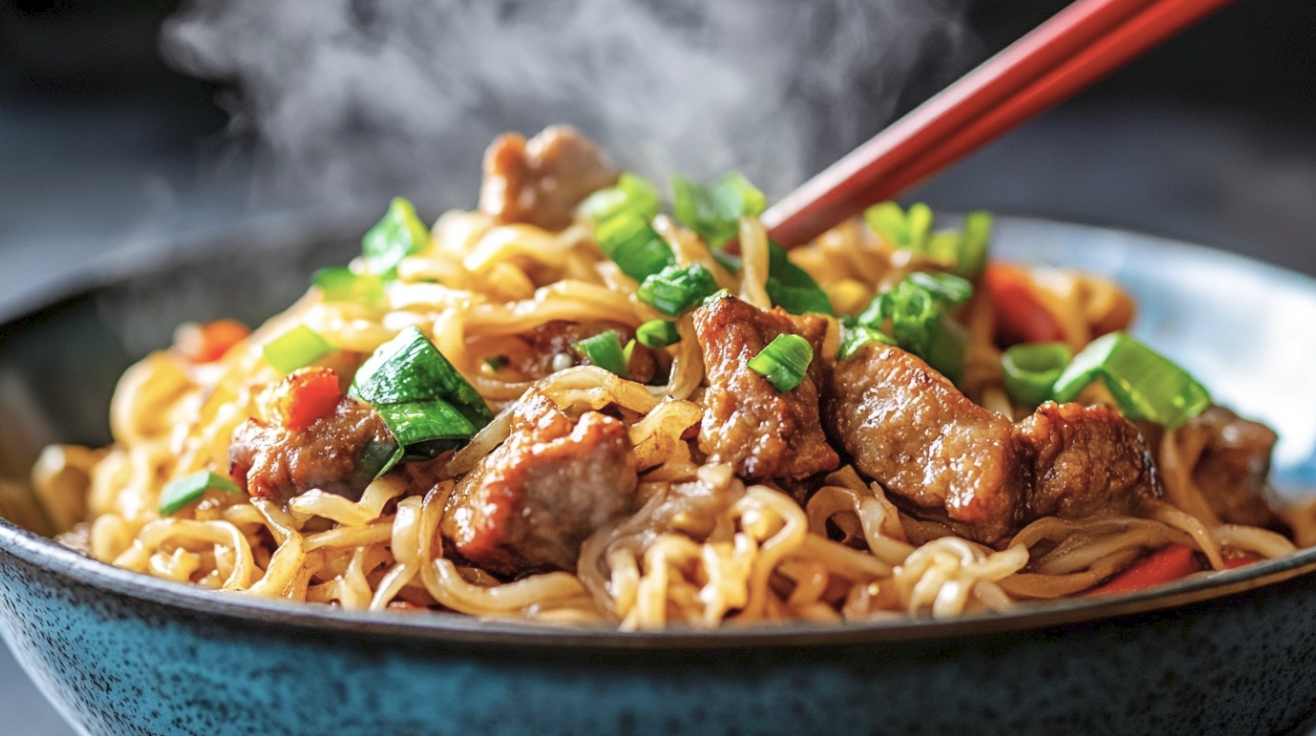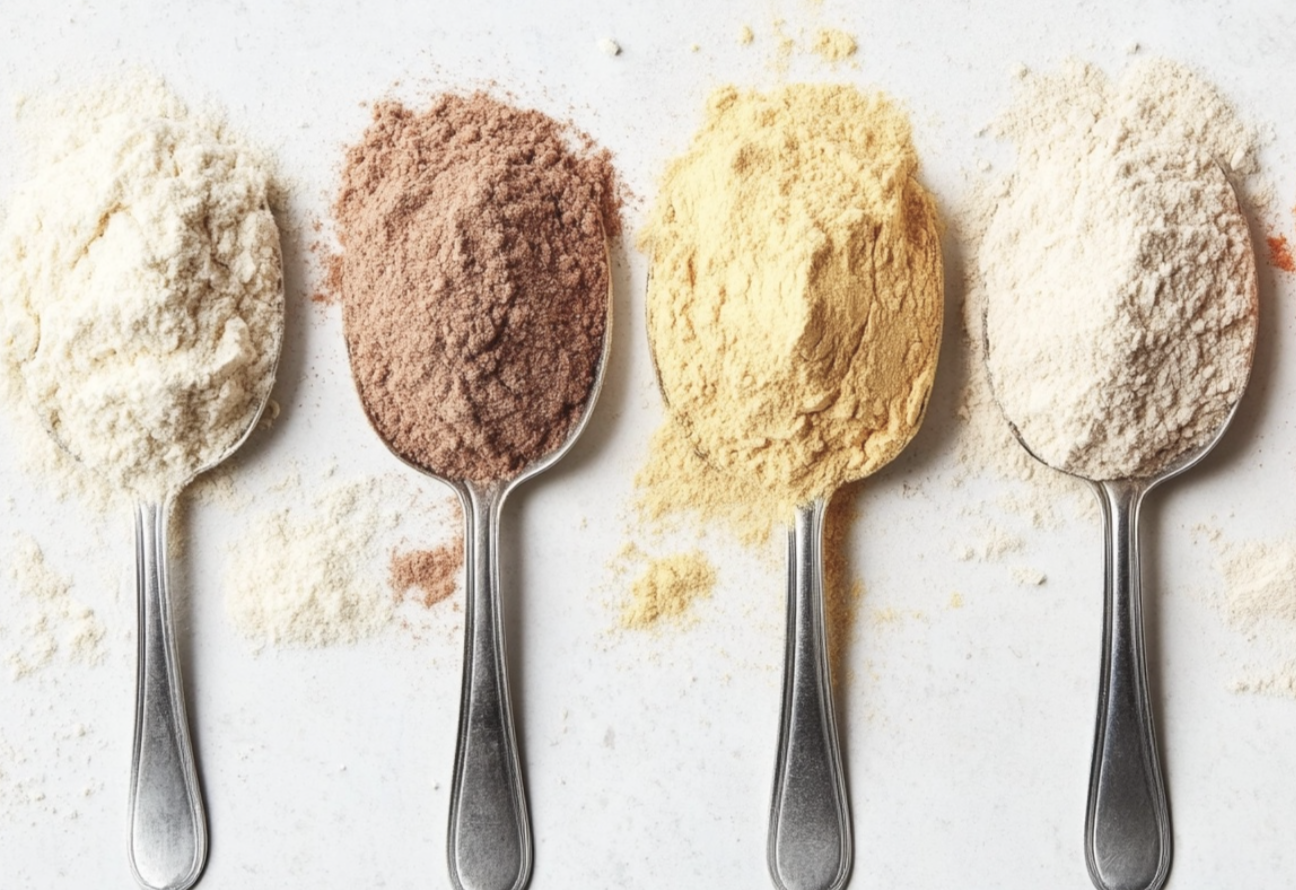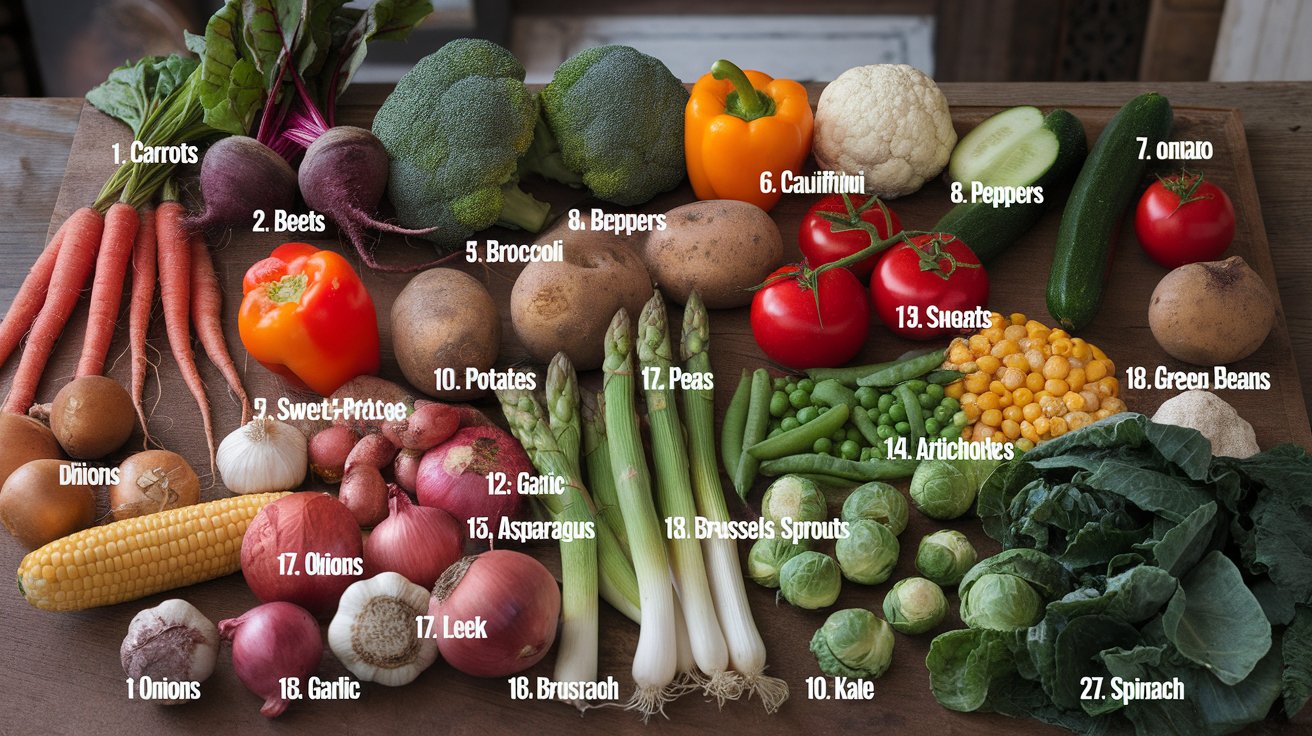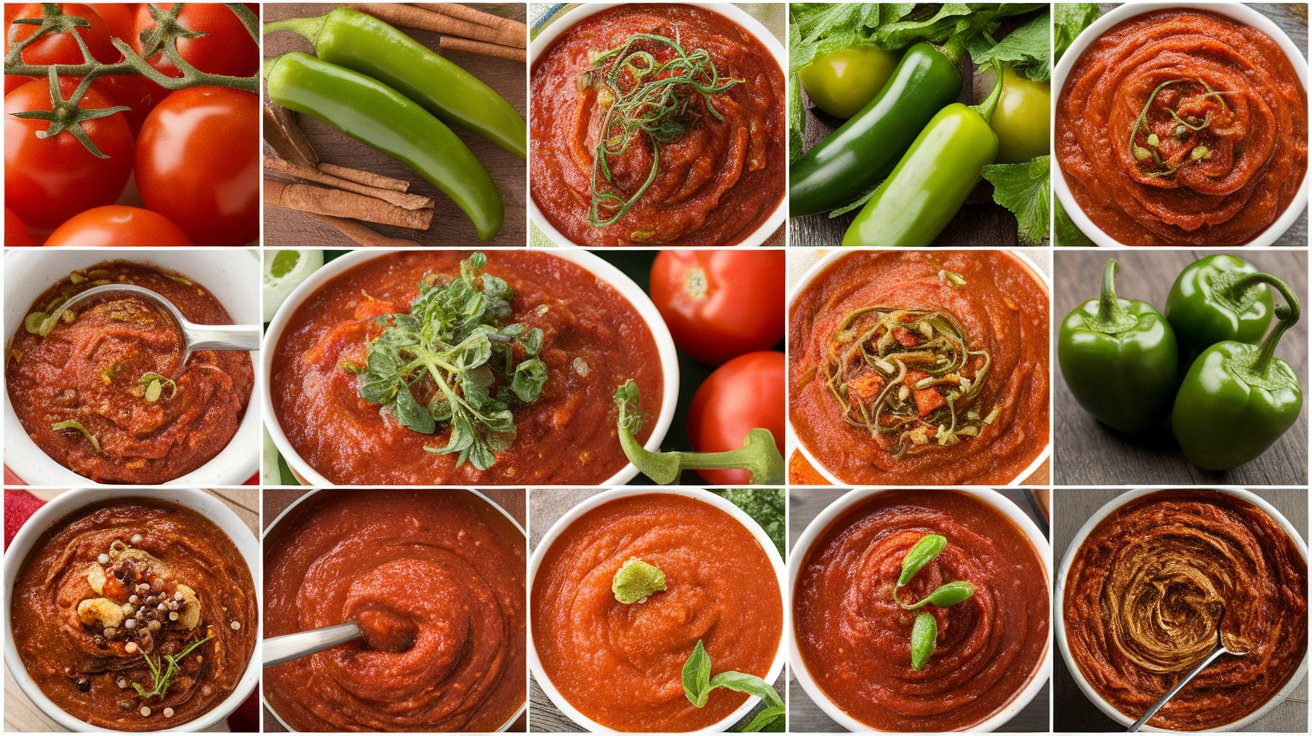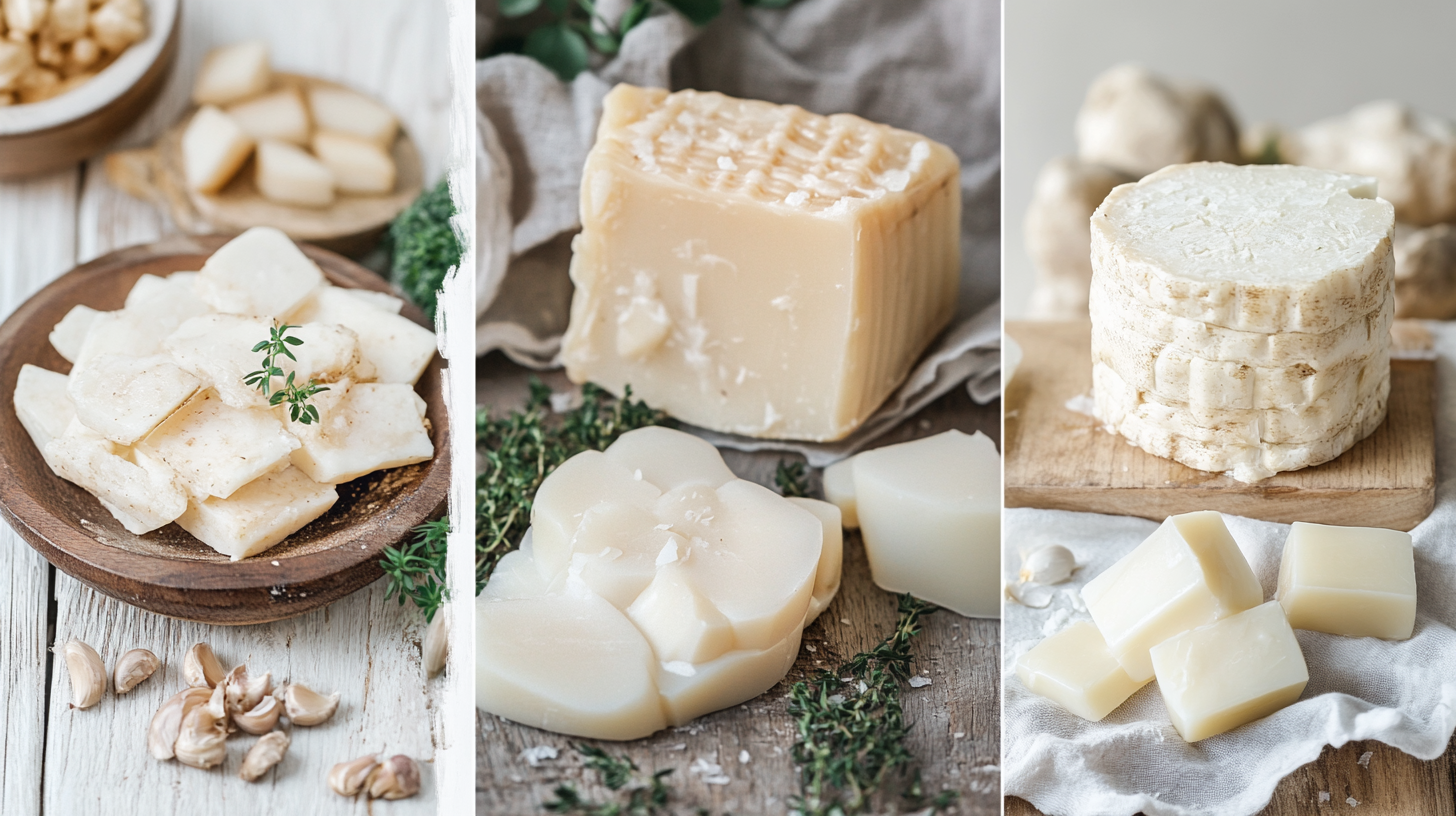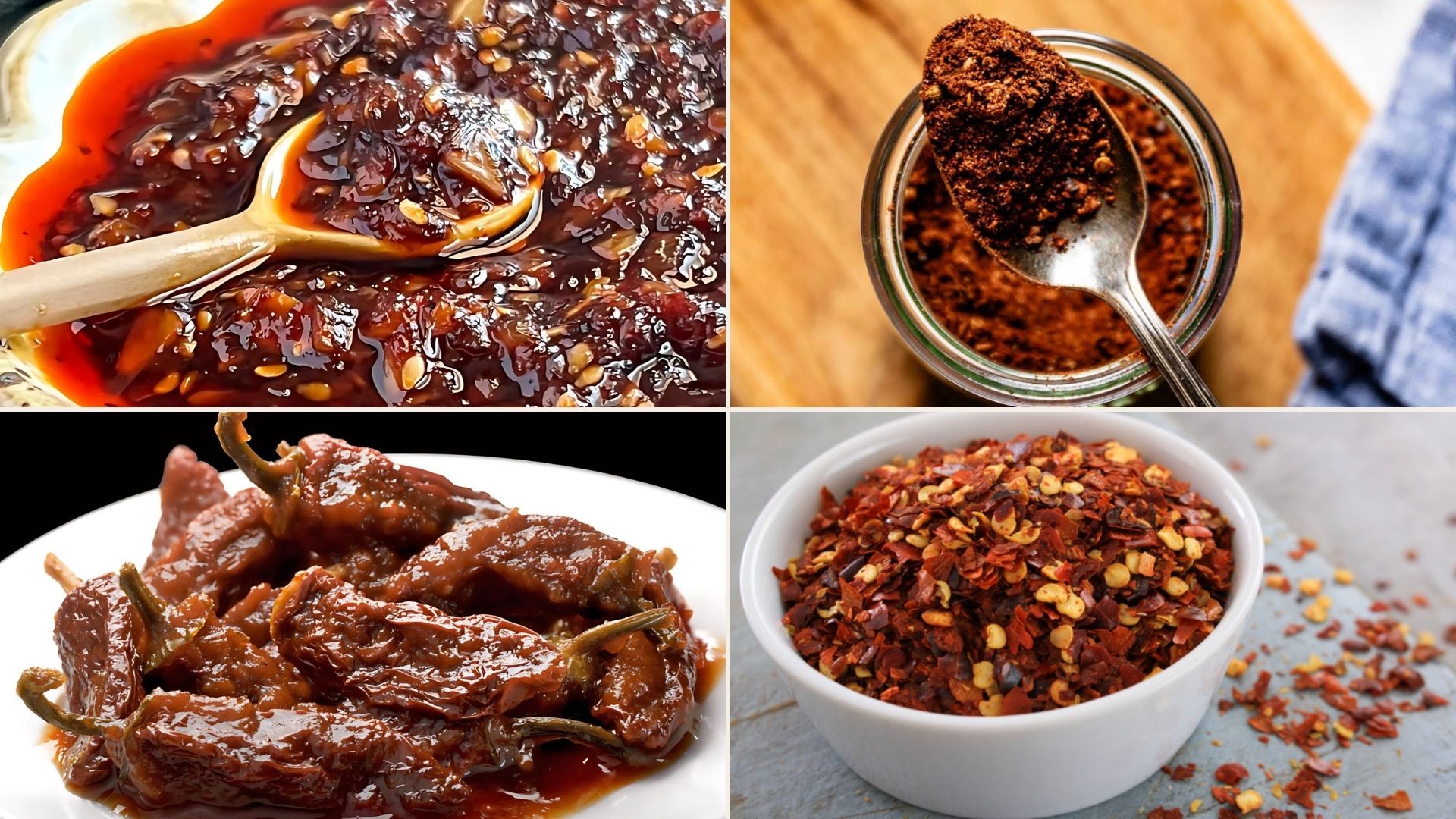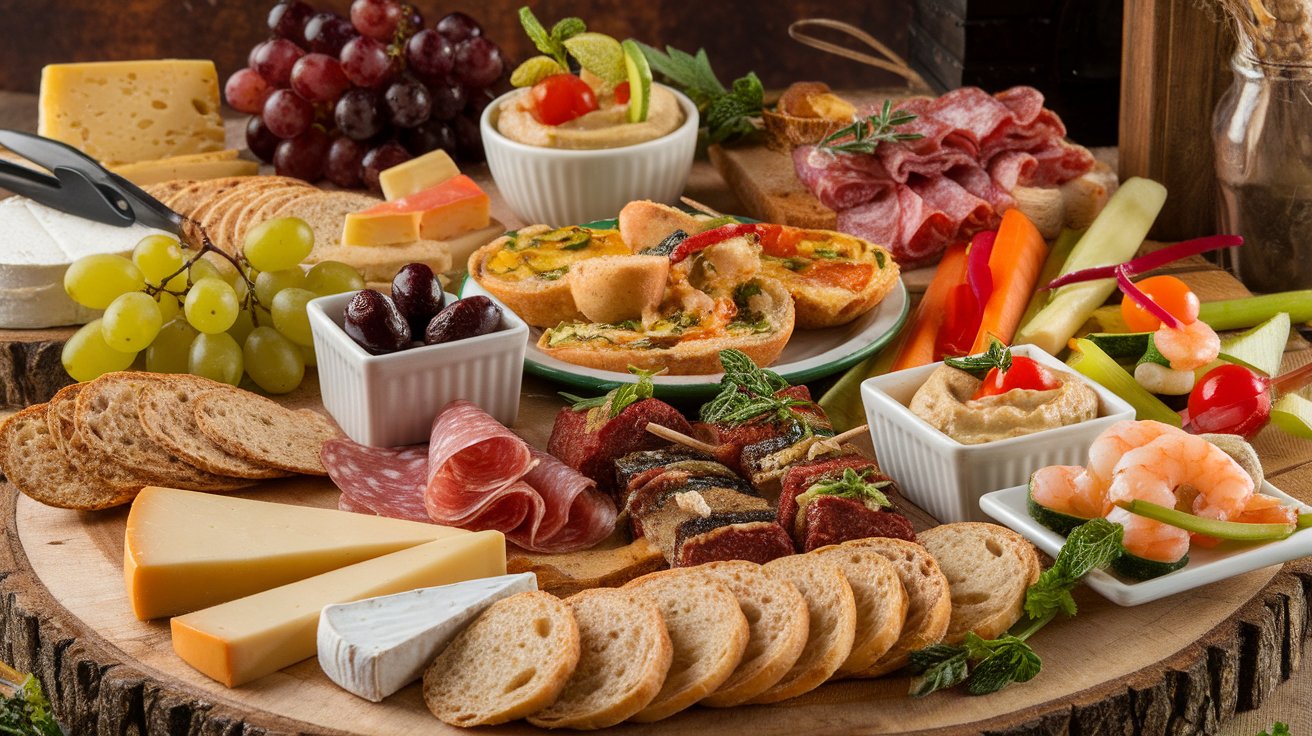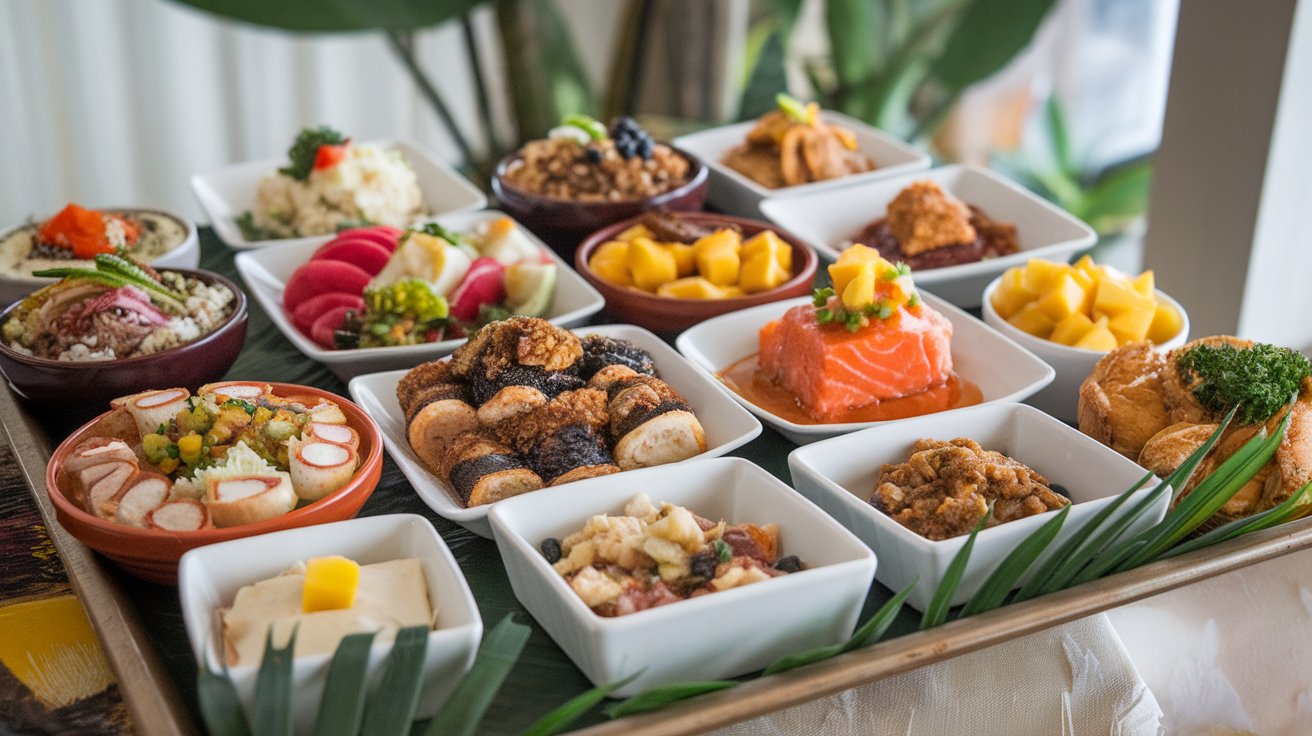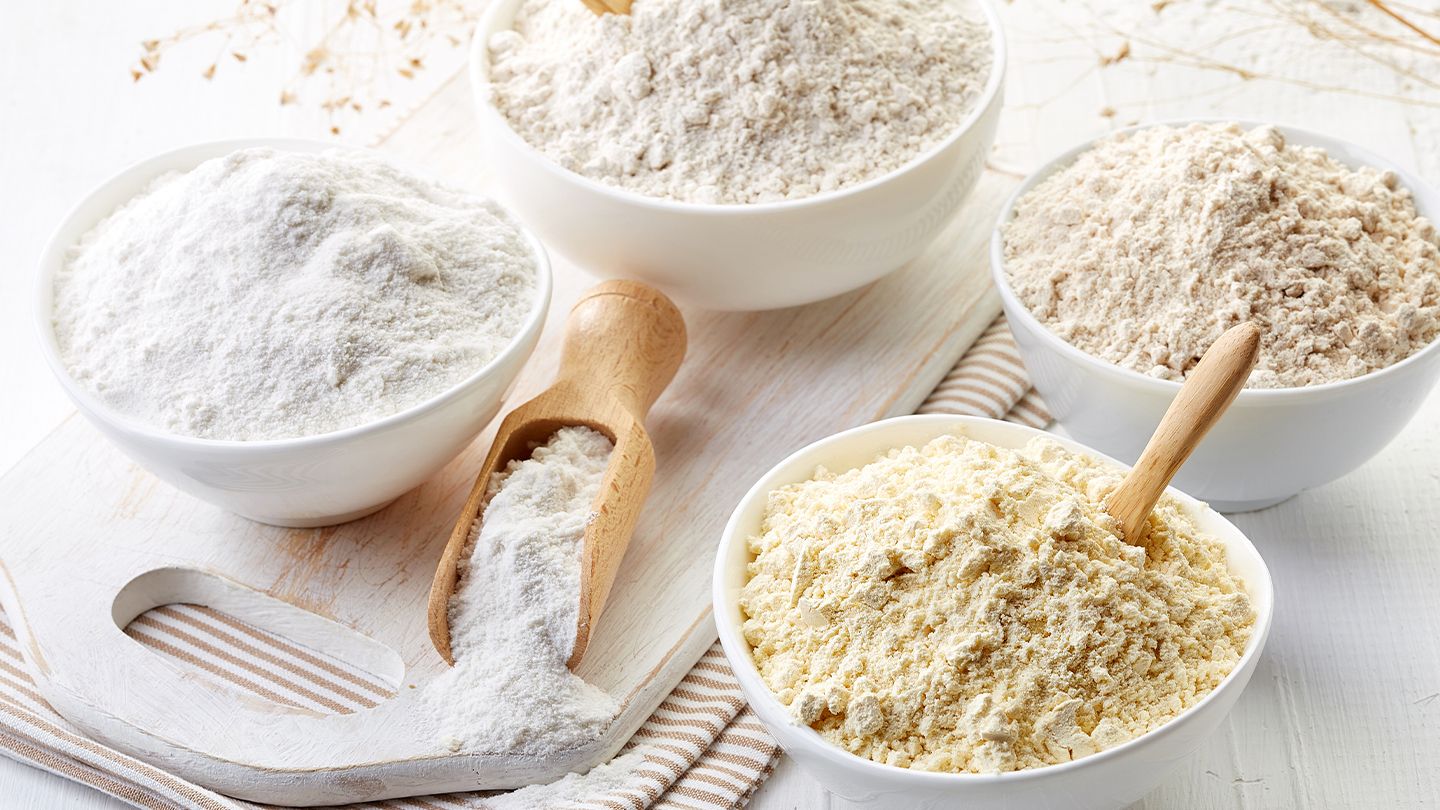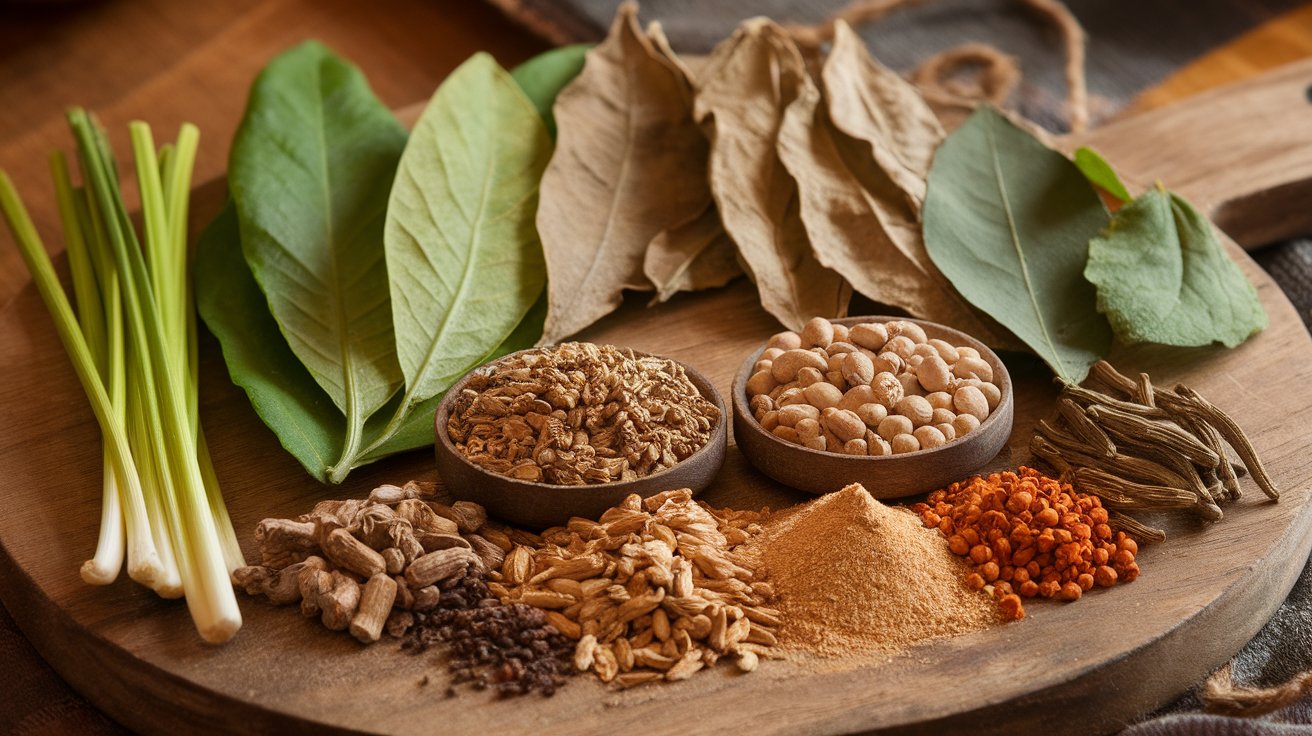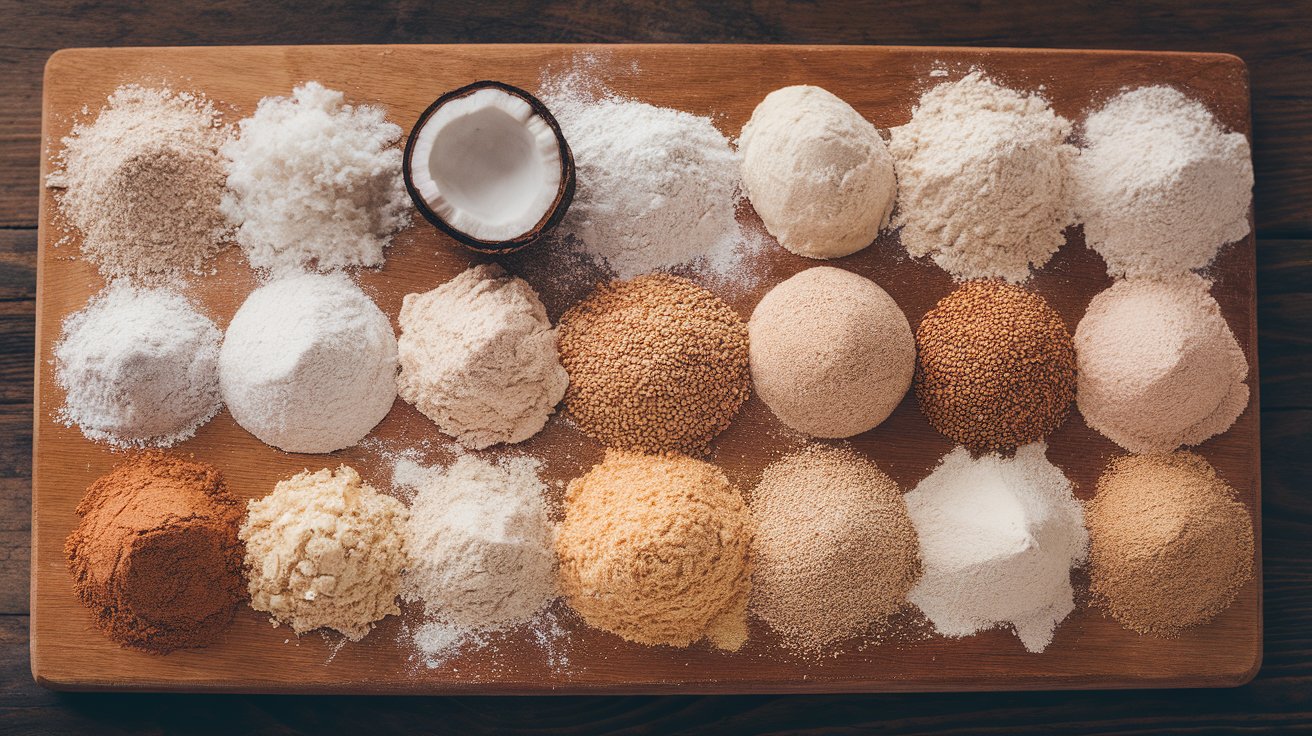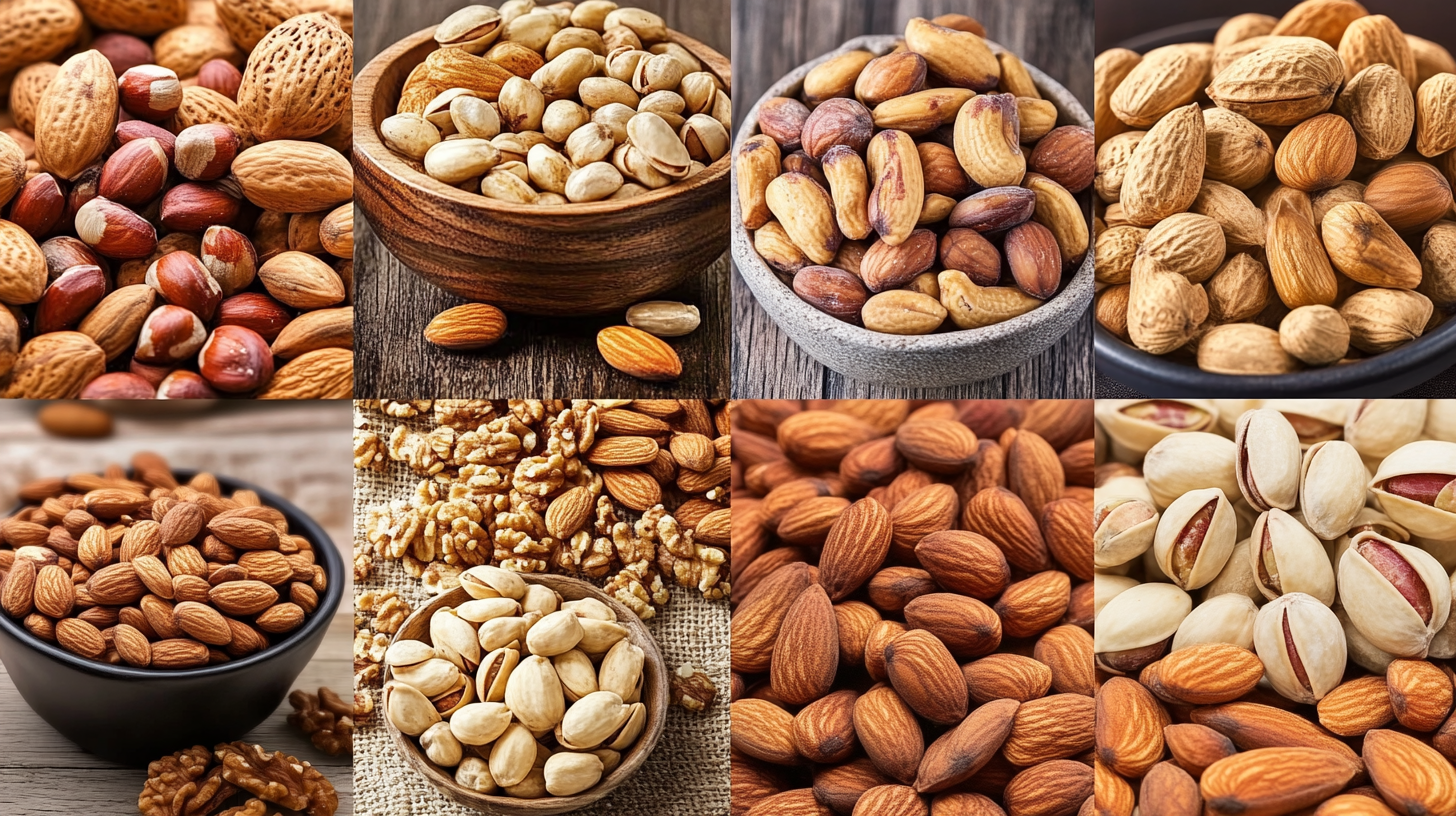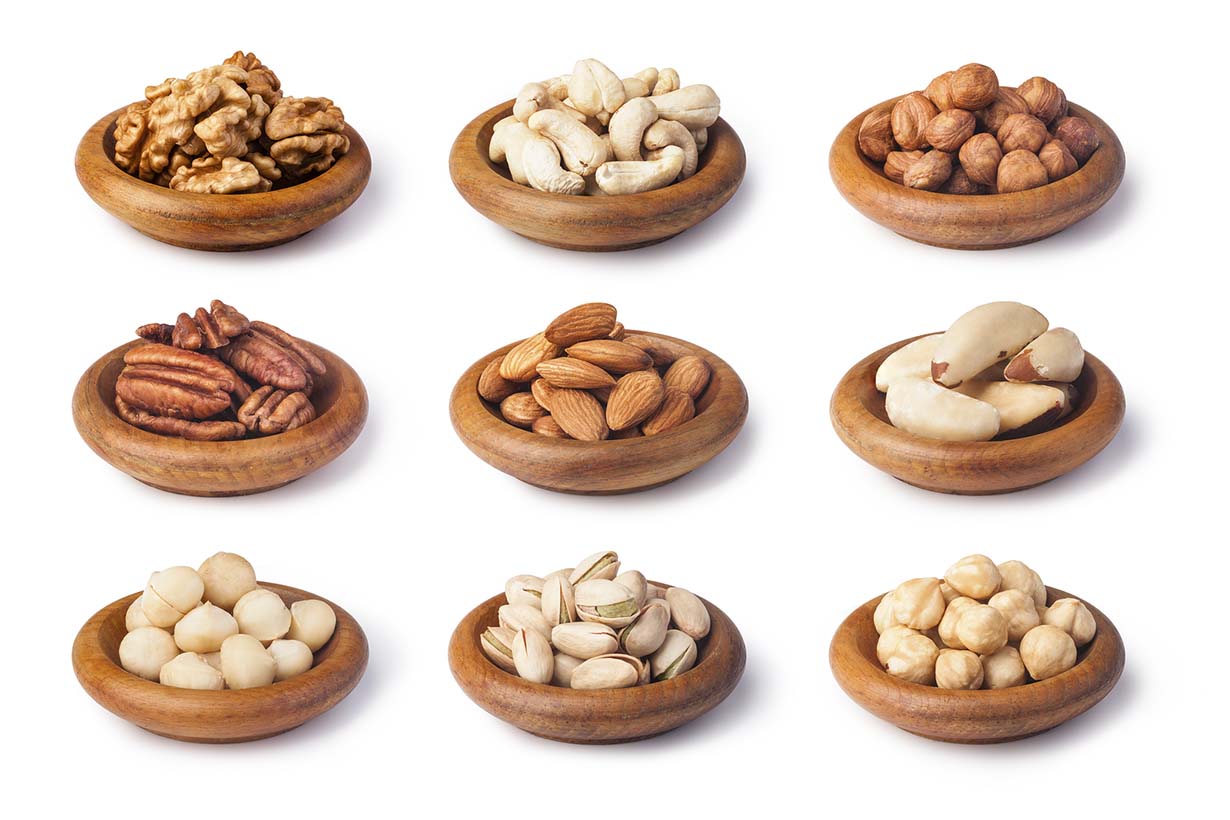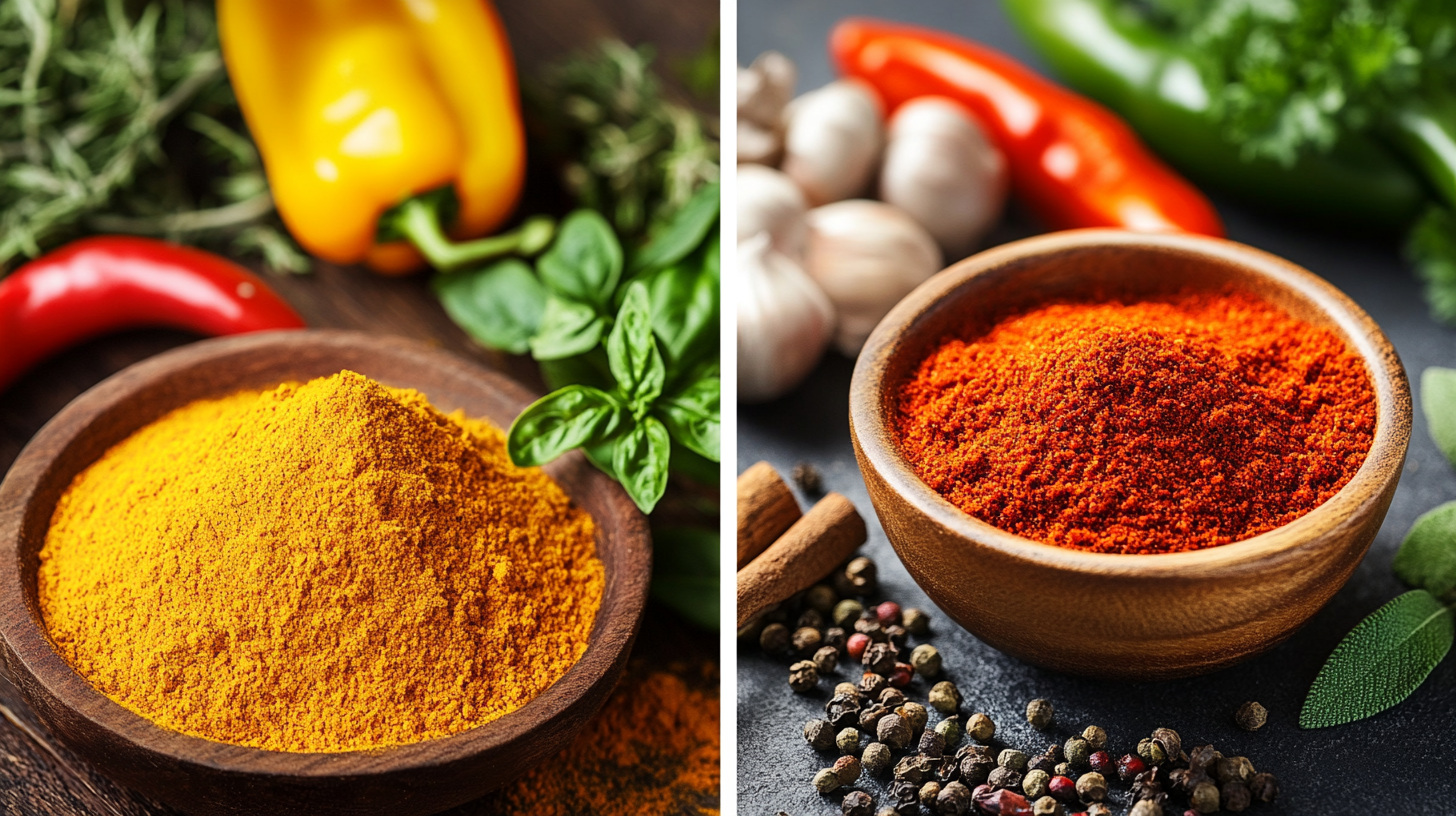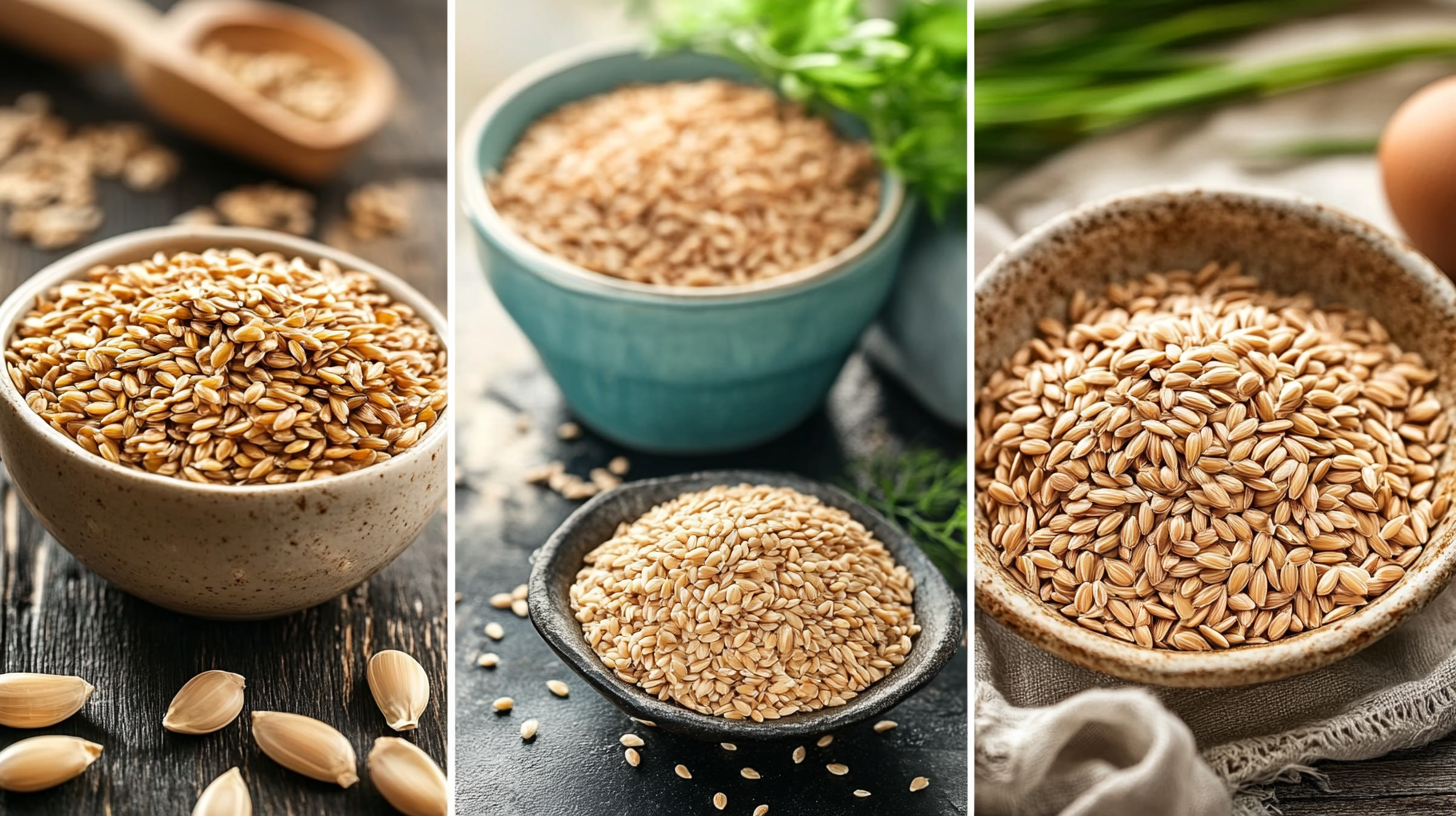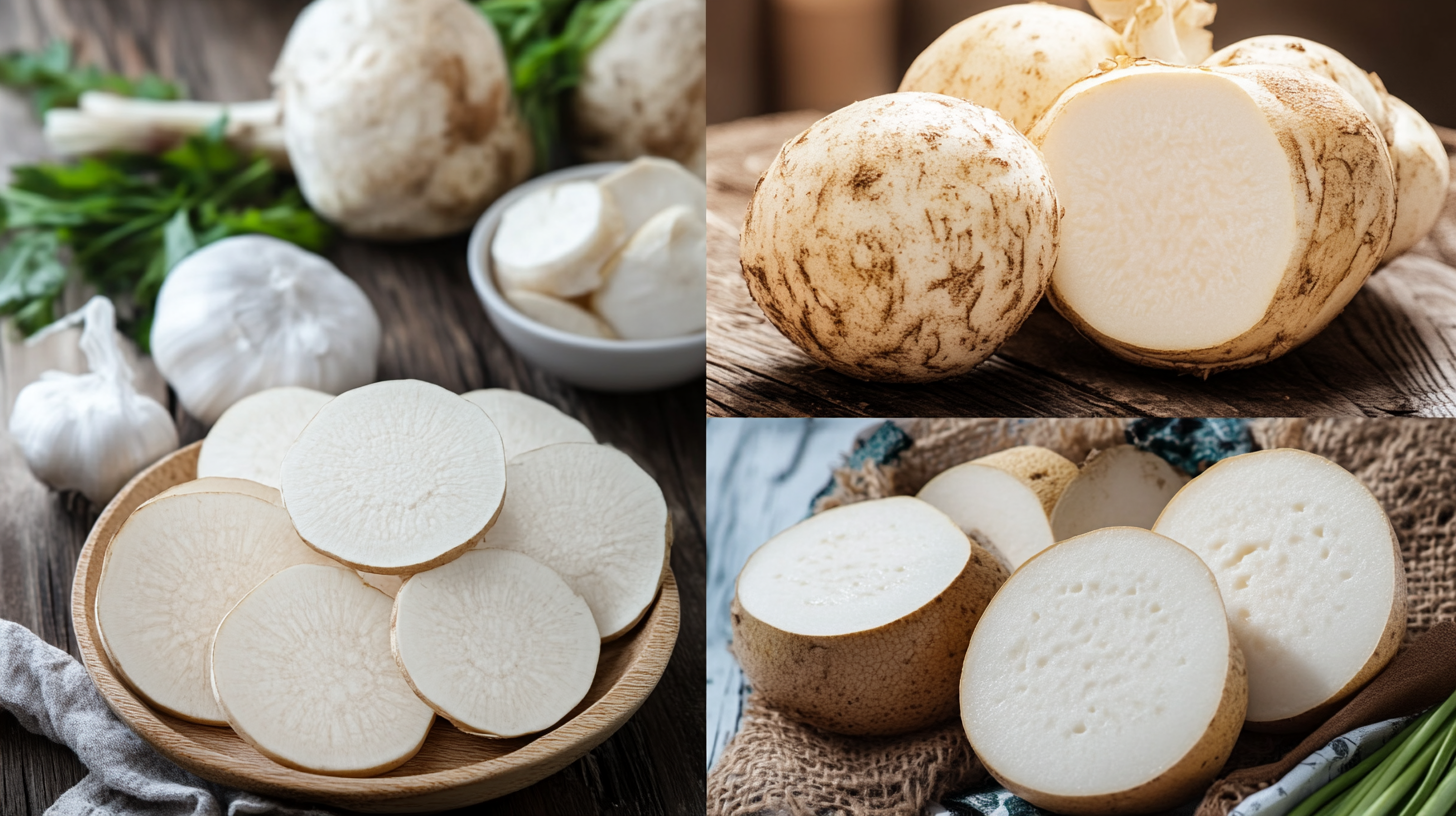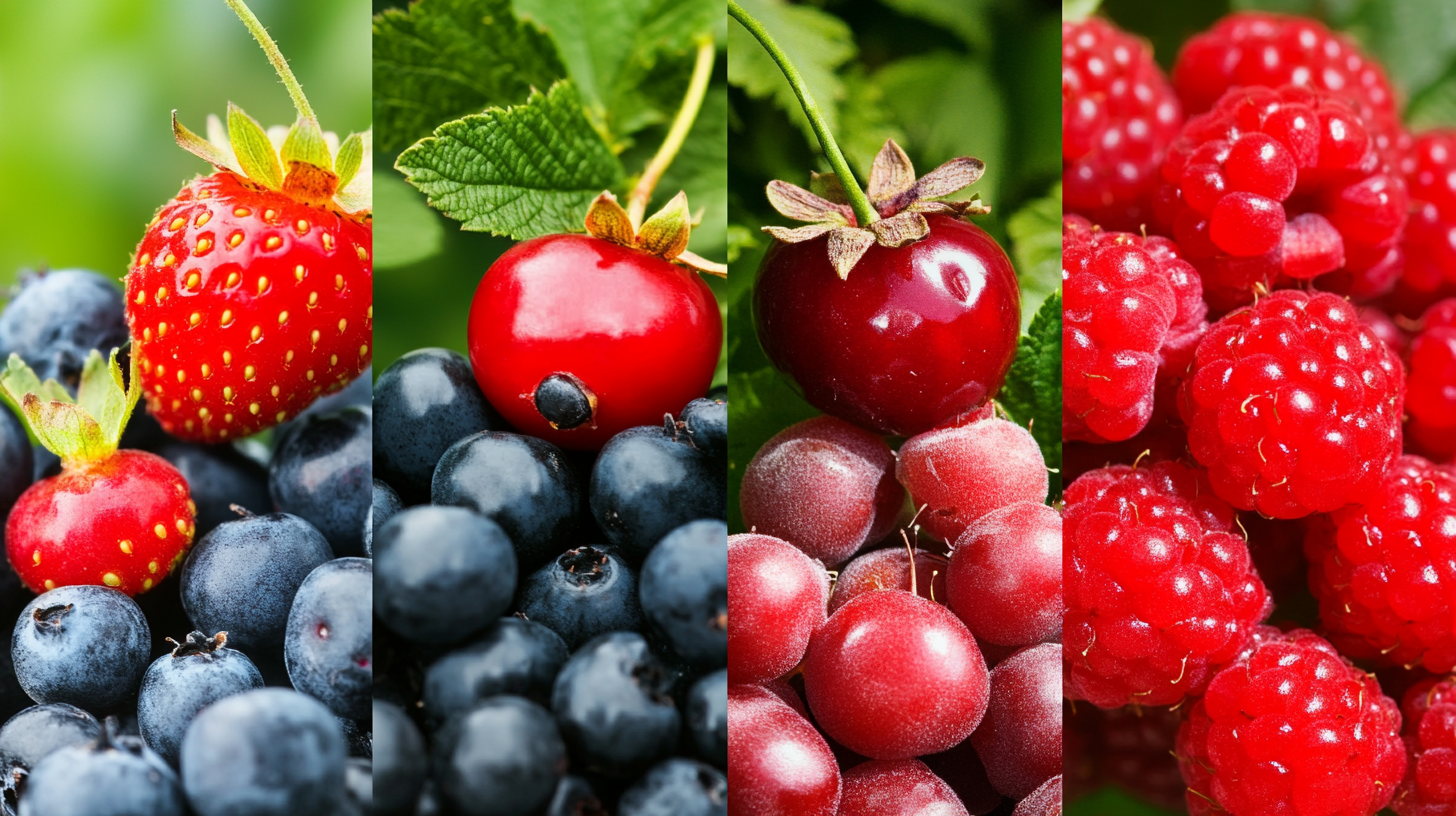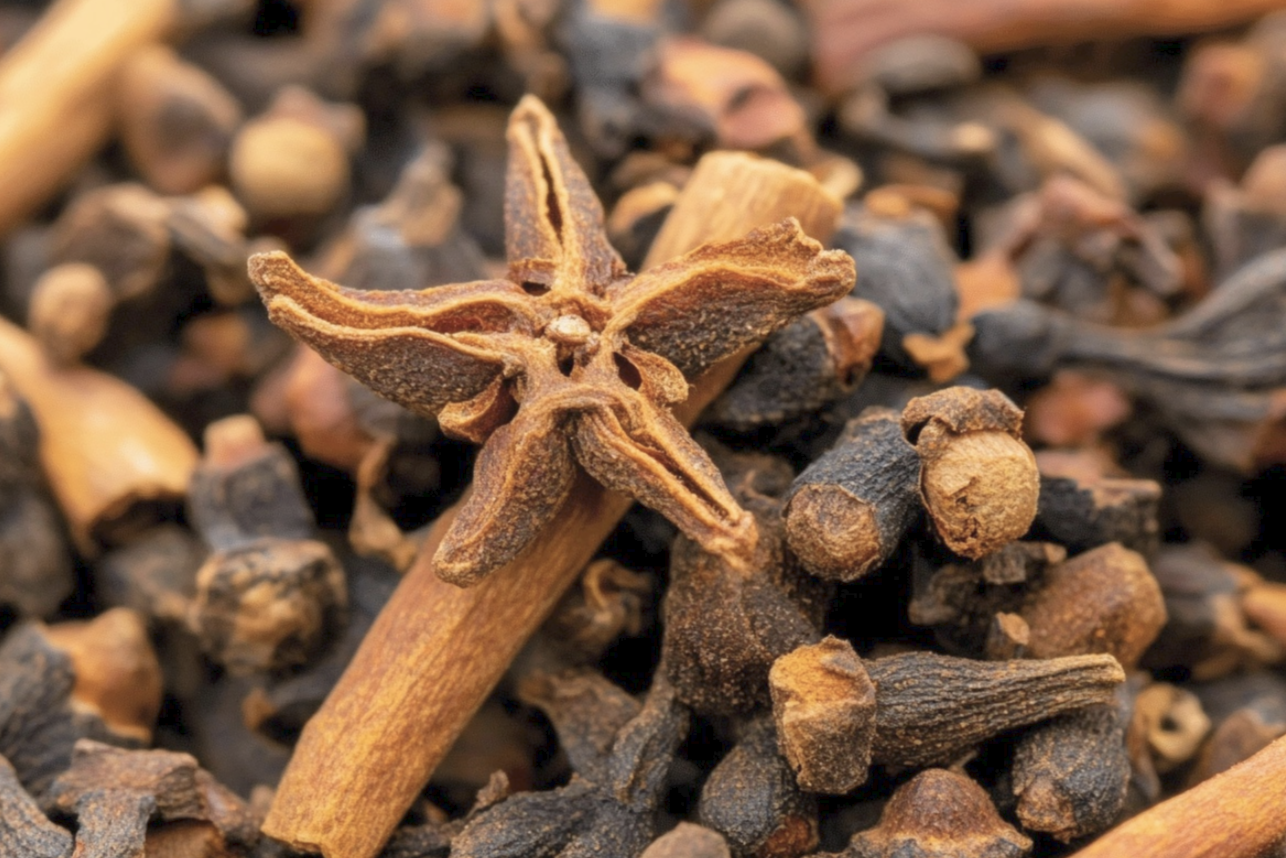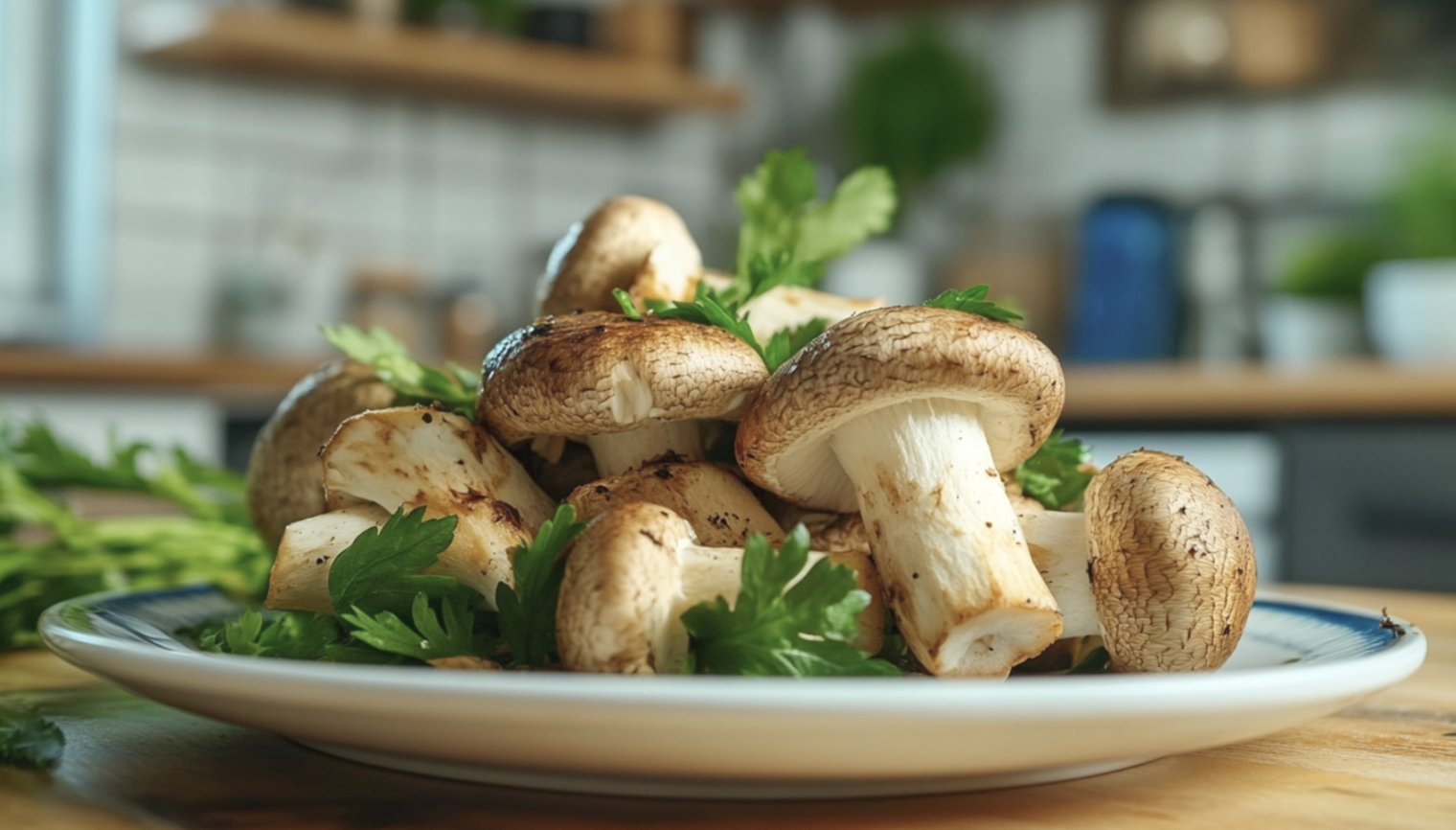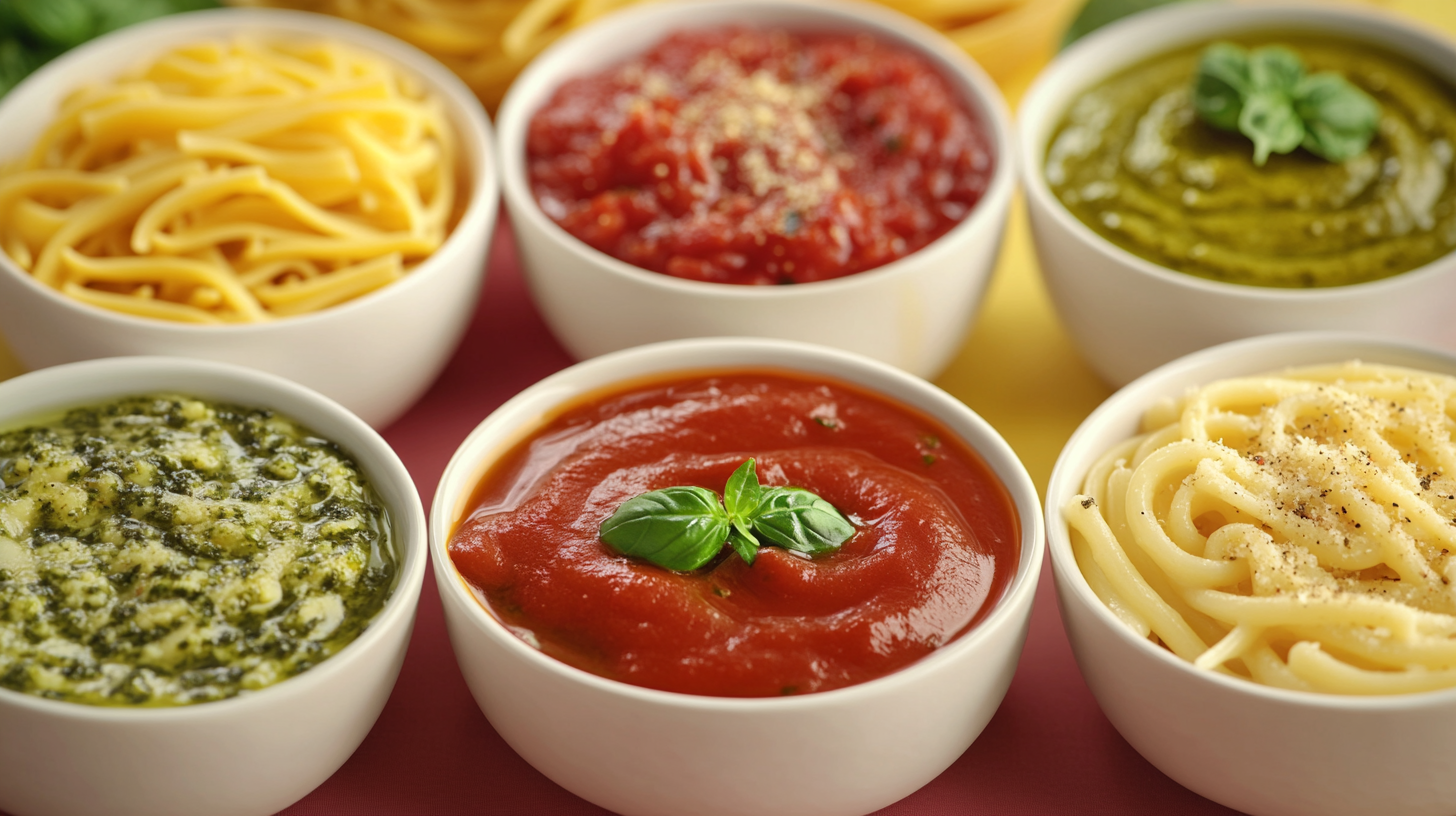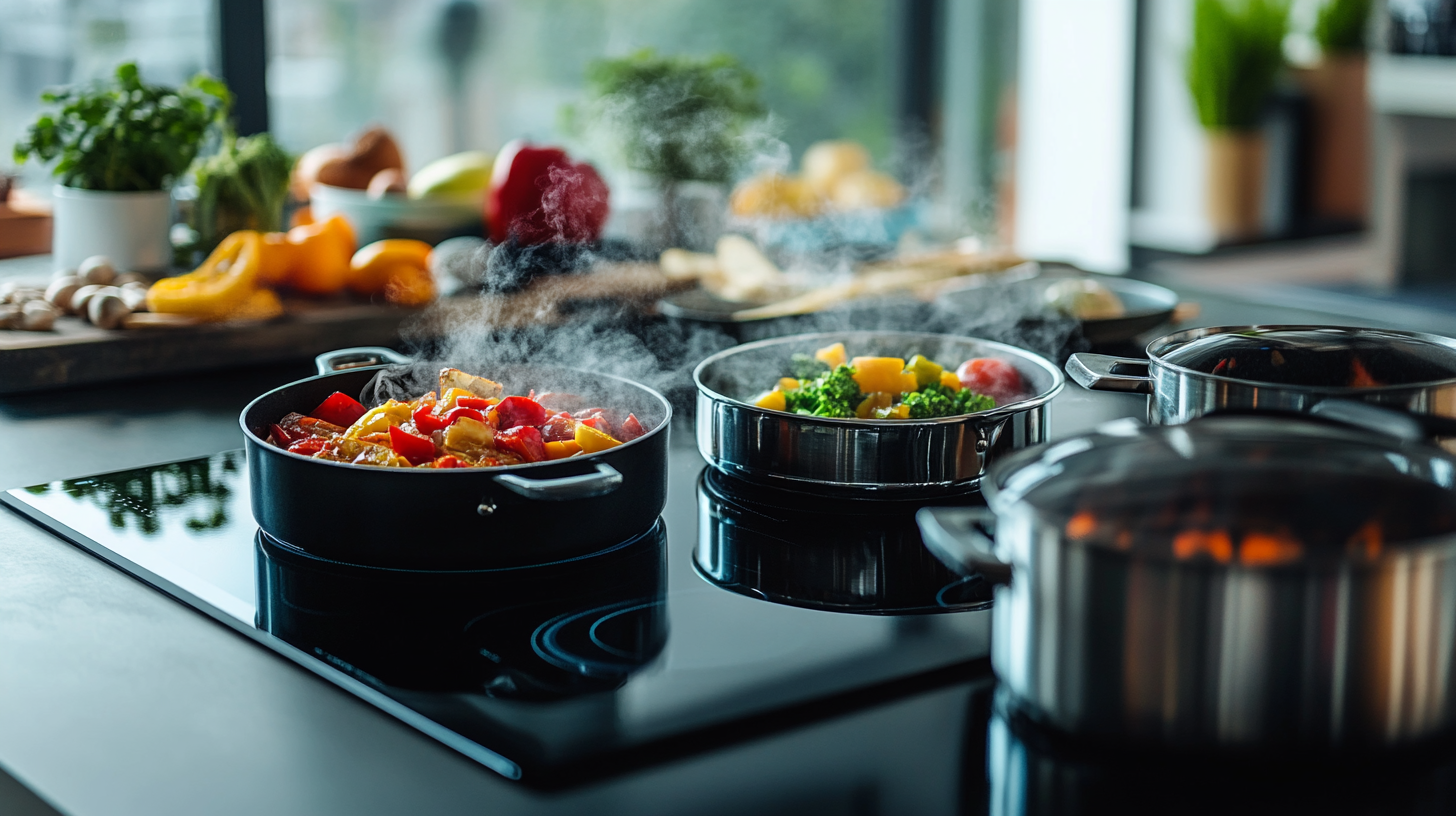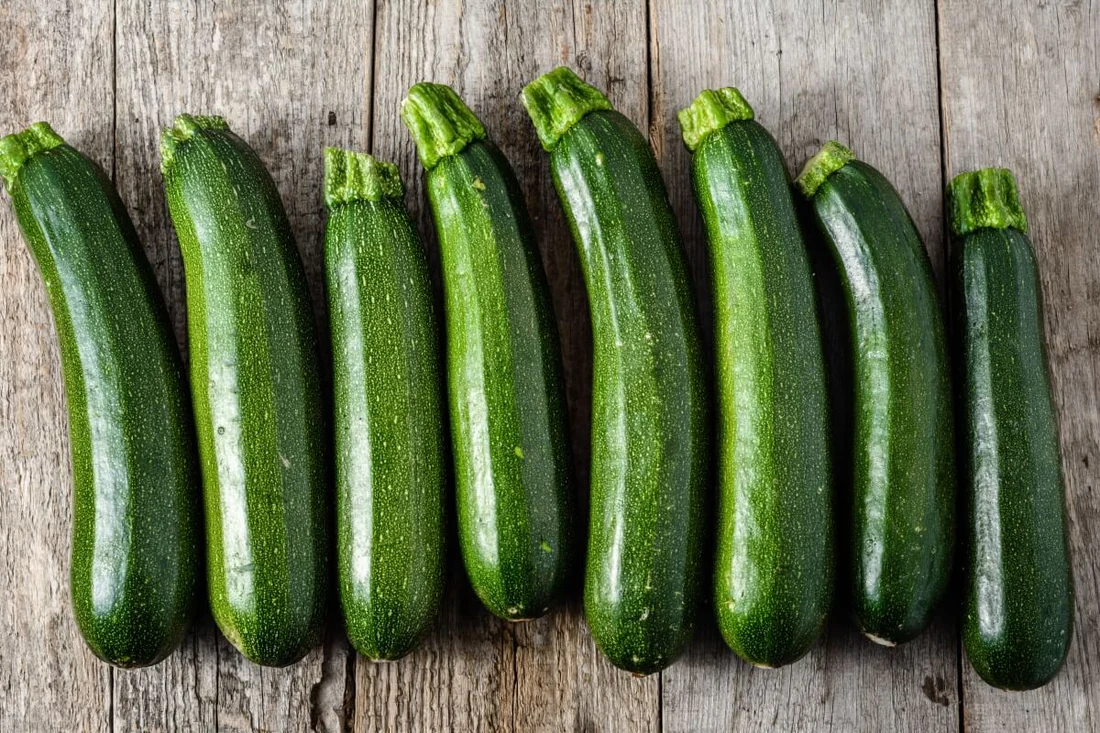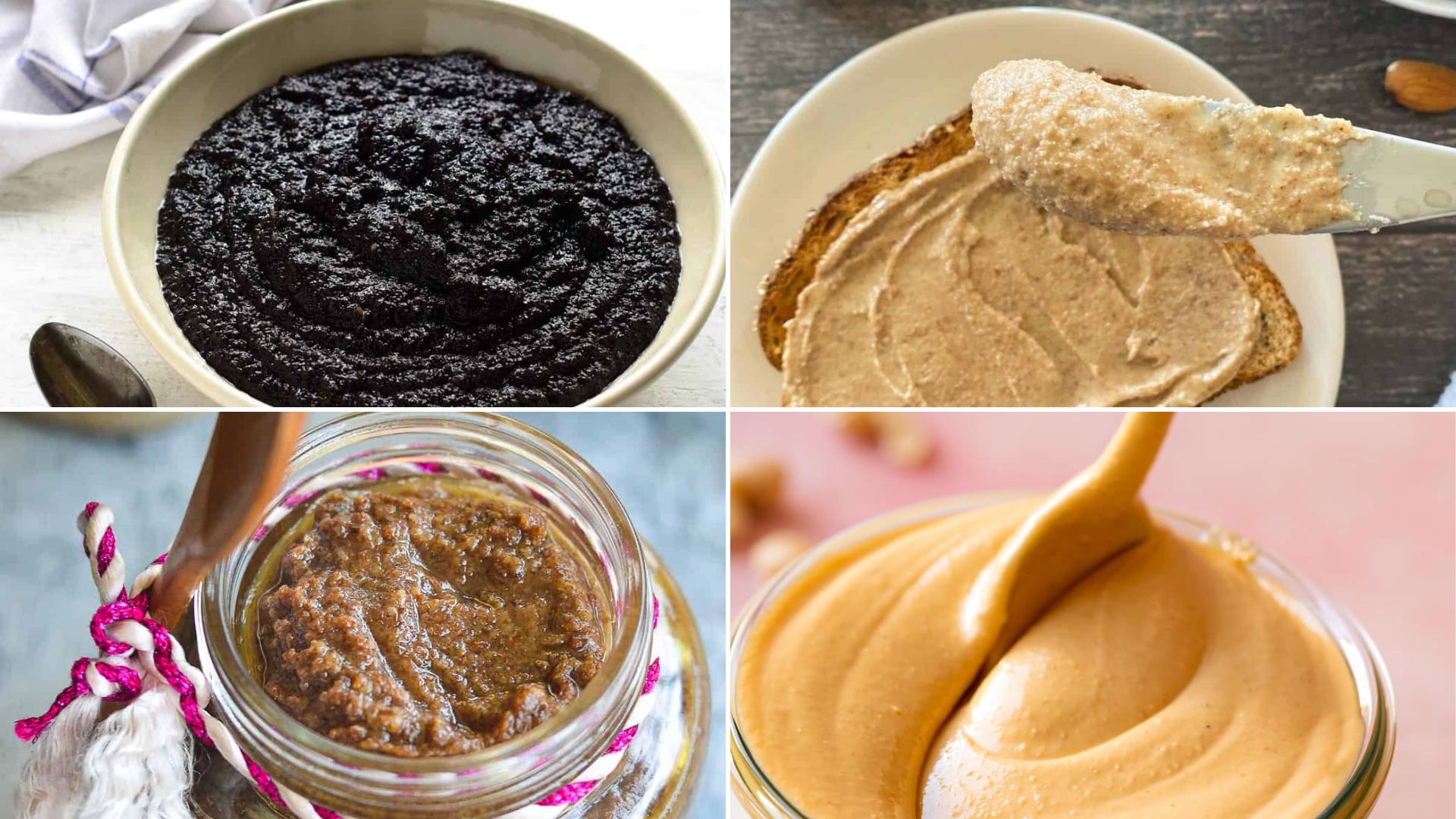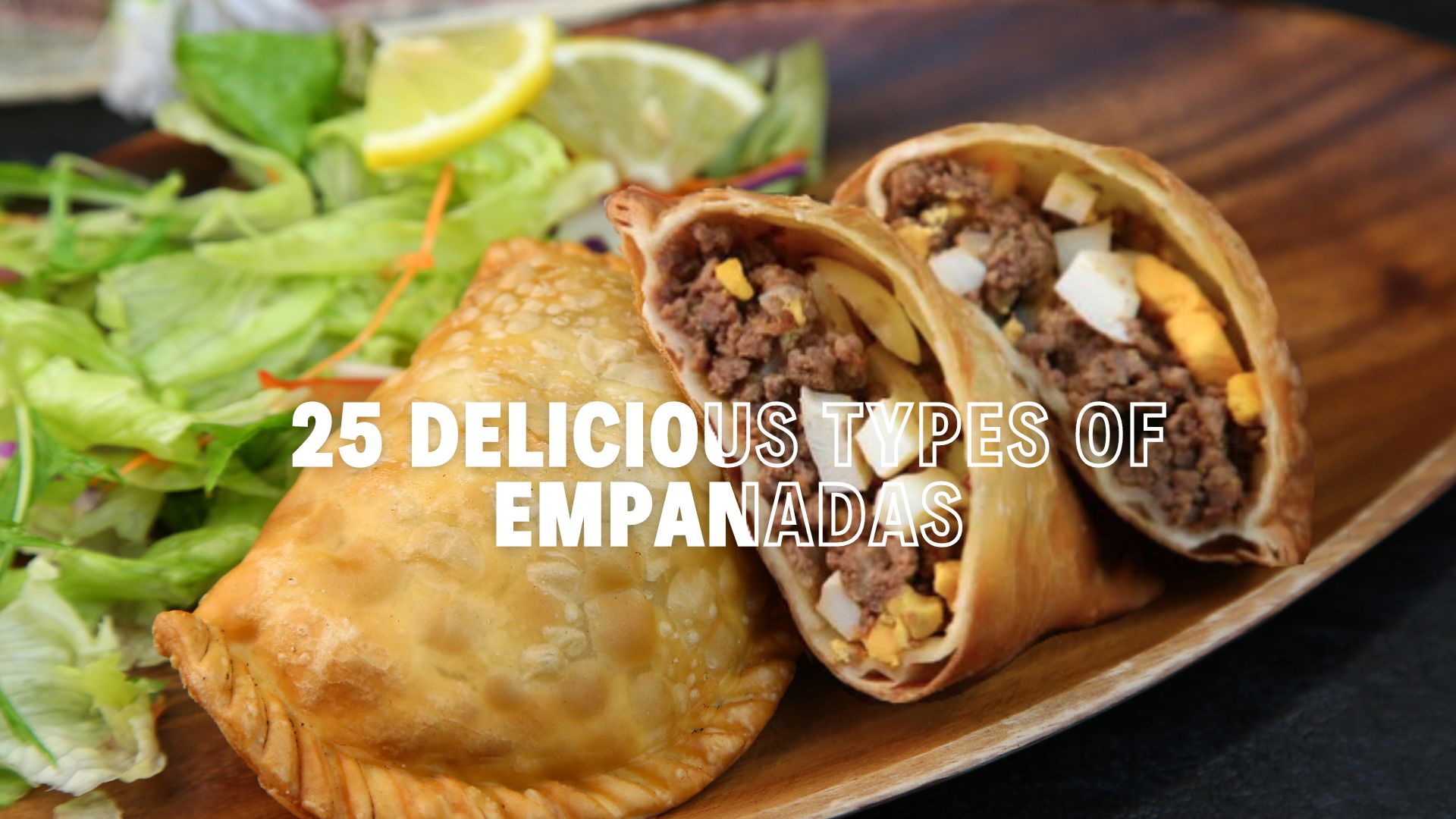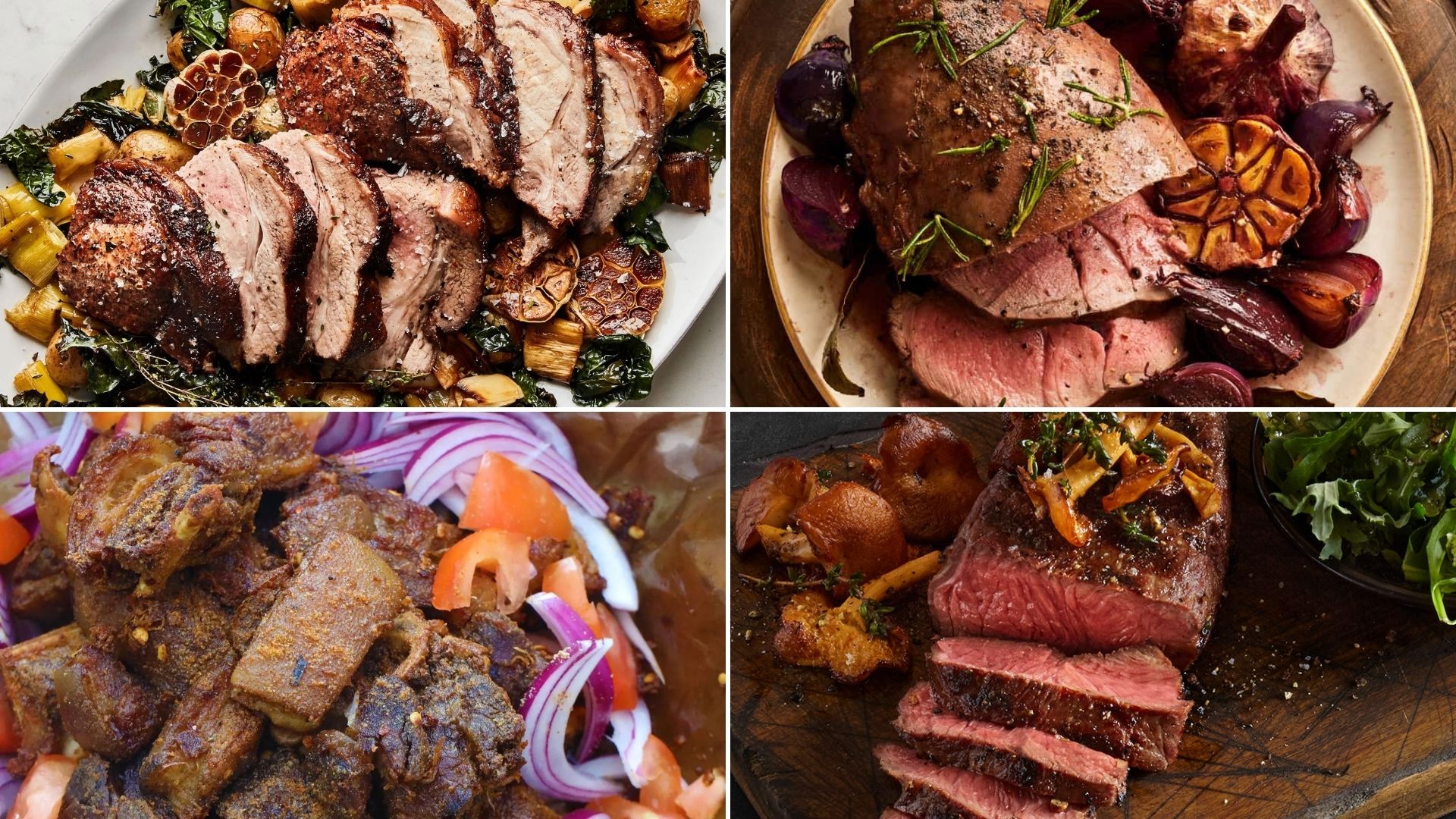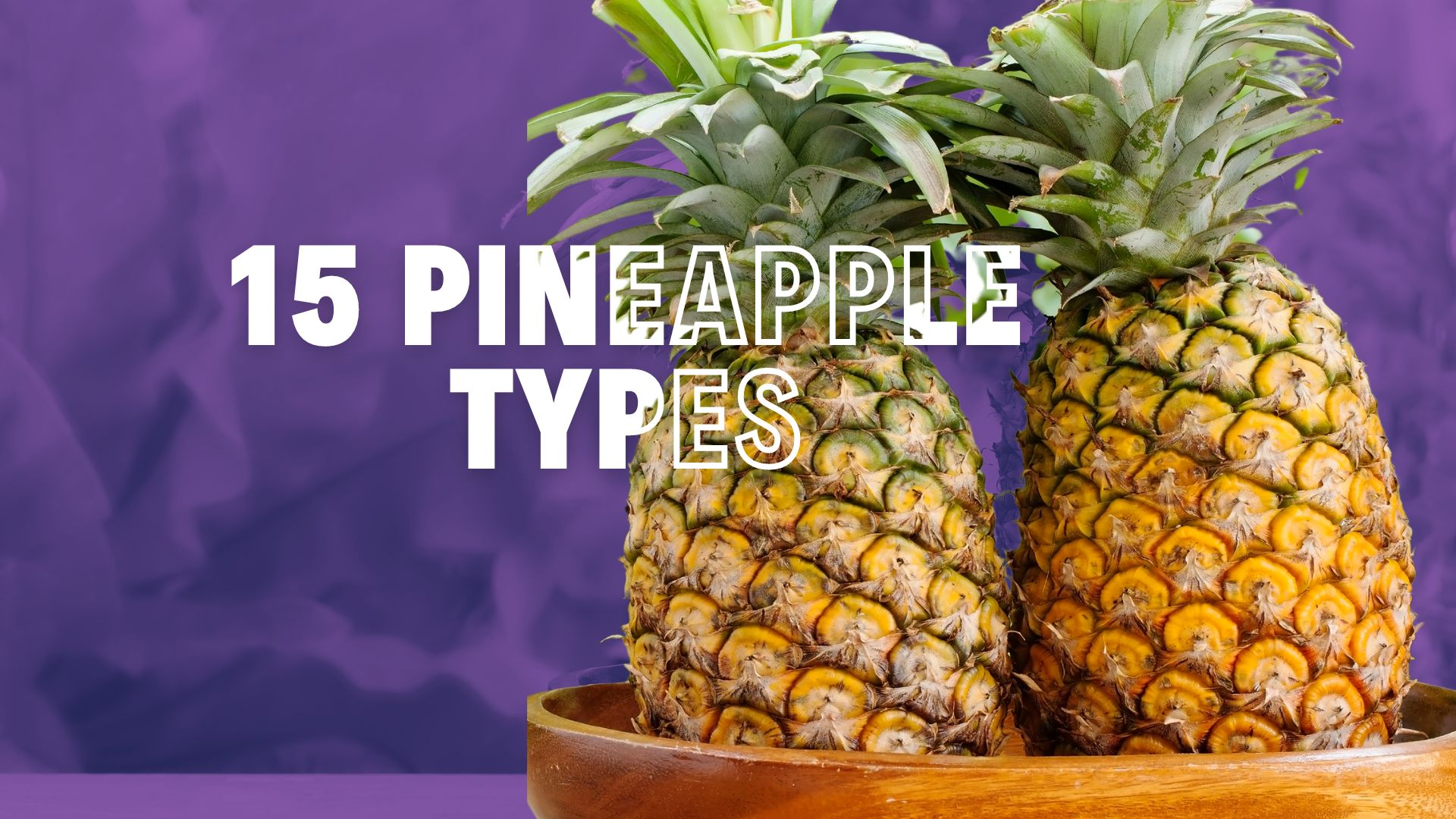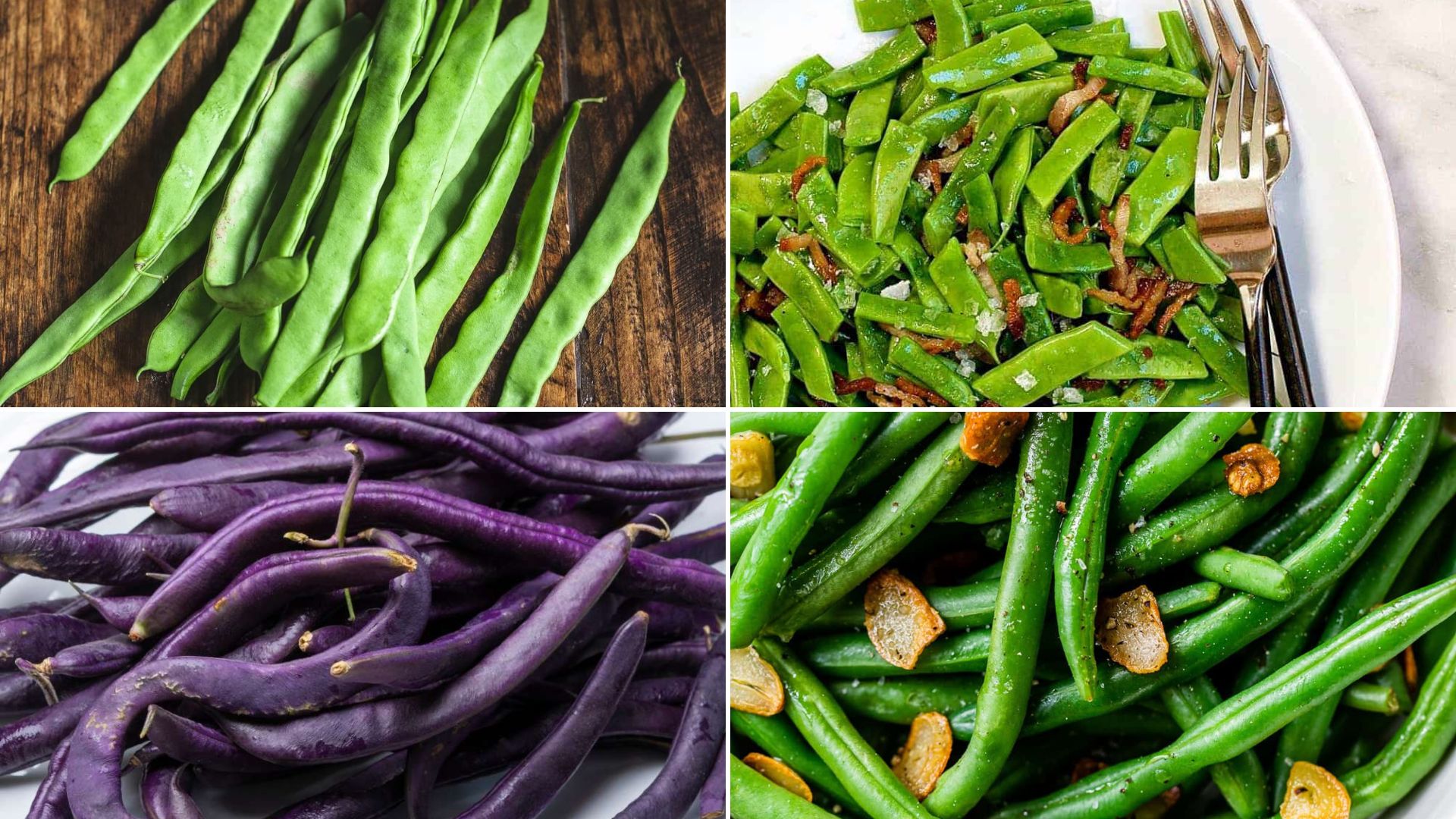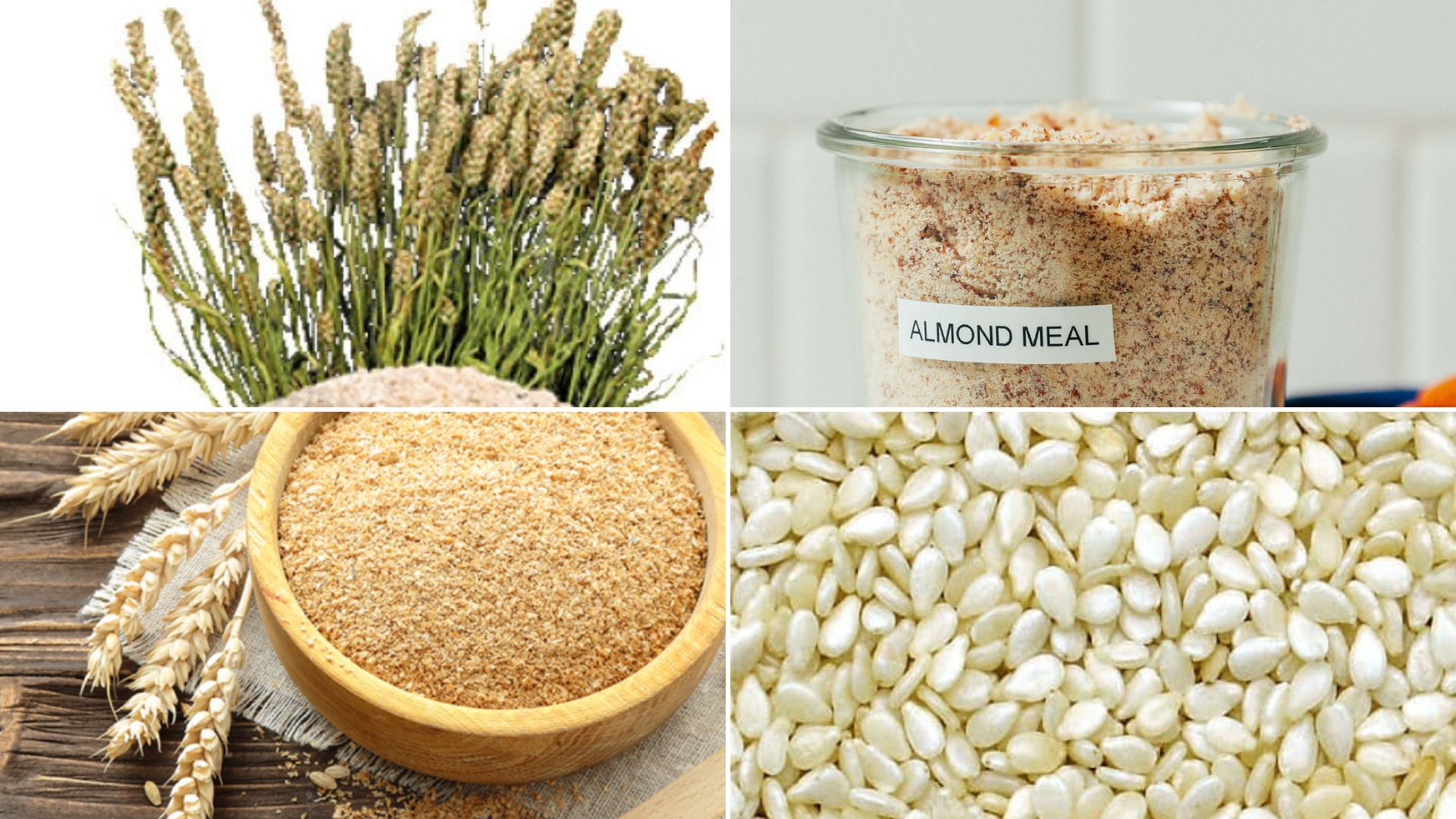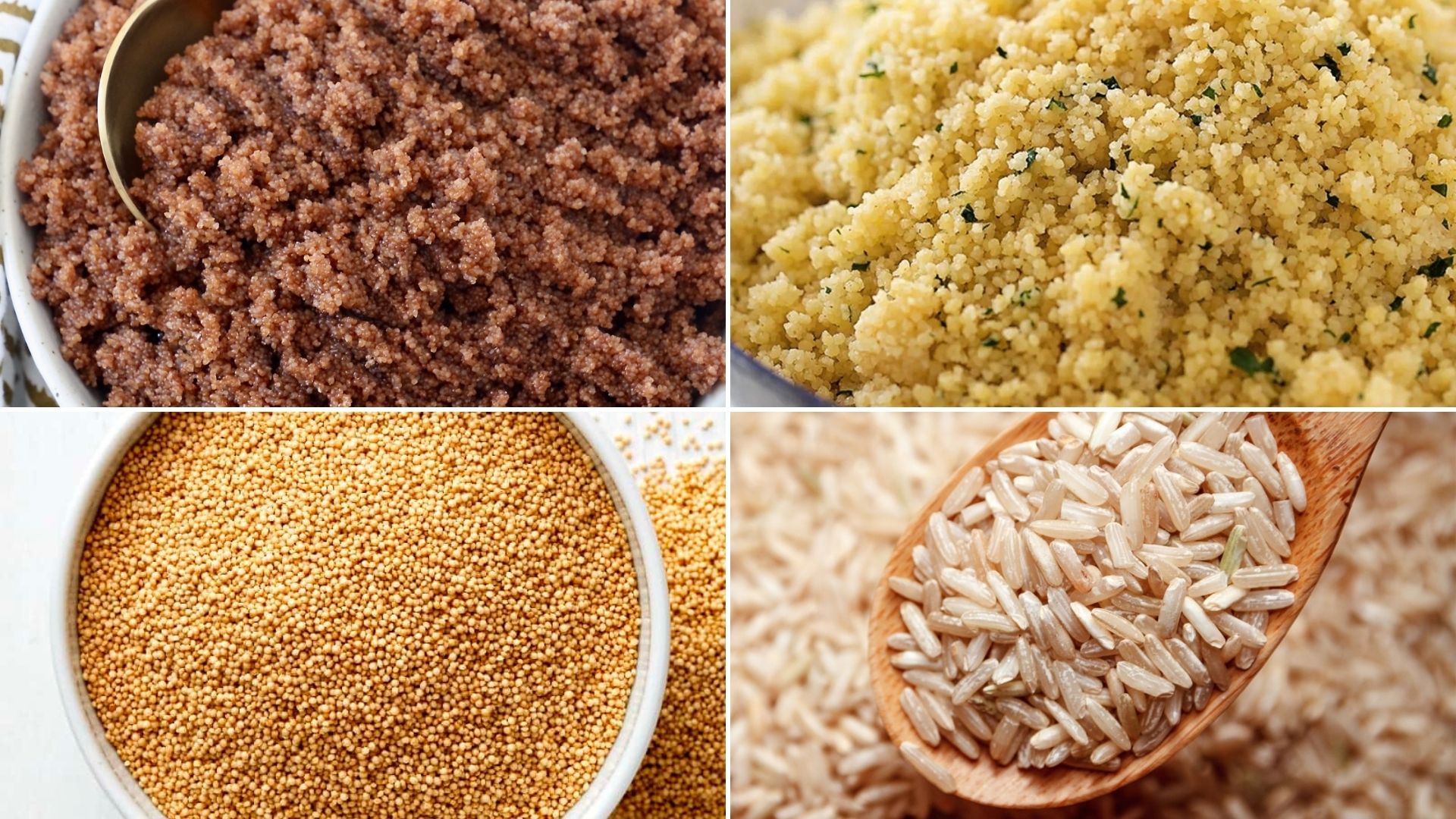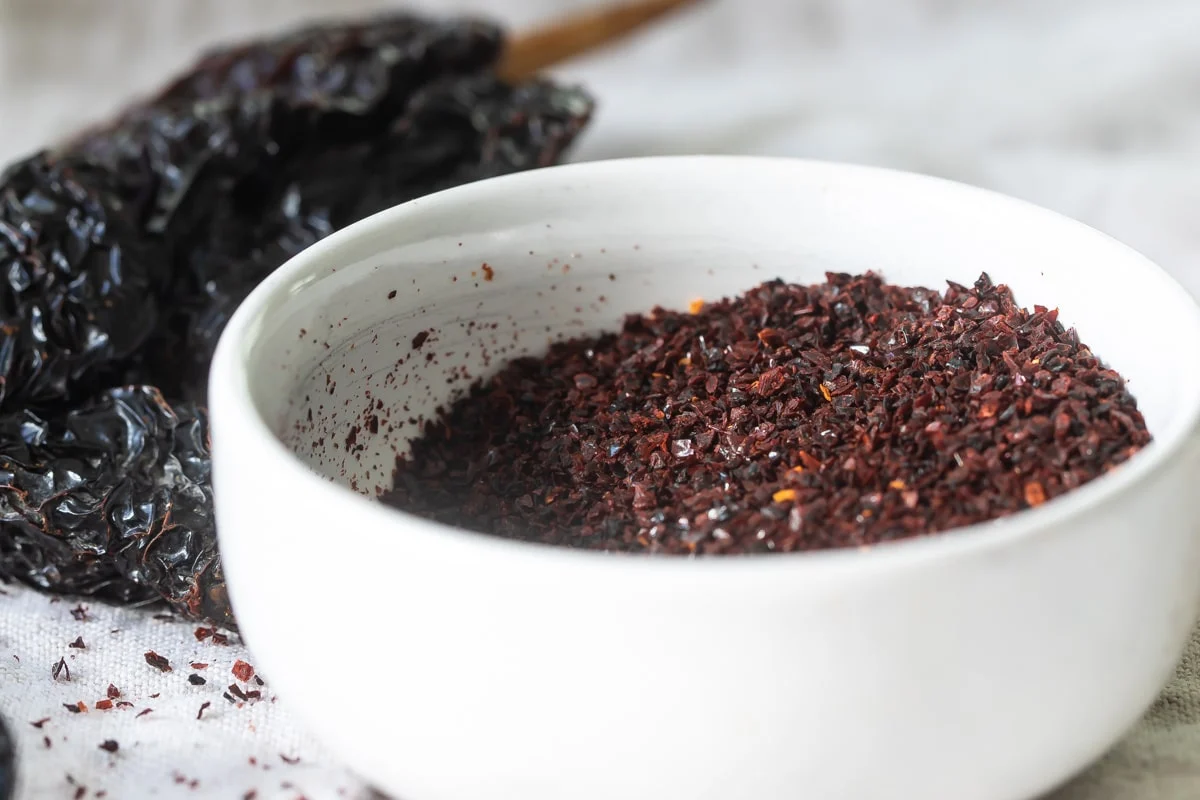
Did you know that ancho chile peppers are not just about heat but also add a depth of flavor to dishes?
If you’re out of ancho chiles or just looking to experiment with something new, several great substitutes can offer similar tastes and textures.
Each substitute brings its unique blend of flavors and heat levels, from the mild sweetness of New Mexico chile peppers to the smoky intensity of chipotle peppers.
In this guide, we’ll explore various alternatives to ancho chile peppers, ensuring you can still achieve that rich, deep flavor in your cooking.
Whether you’re making a spicy stew or a savory sauce, there’s a perfect match for every dish.
Ready to discover these flavorful substitutes? Let’s dive in!
What are the Best Substitutes for Ancho Chile Peppers?
1. Pasilla Chile Peppers

Pasilla chile peppers are dried chilaca peppers known for their dark, wrinkled skin and a more earthy and less sweet flavor than the ancho.
- Origins and Cultural Significance: Commonly used in Mexican cuisine, especially for making mole sauces.
- Flavor Profile: Earthier with a mild to moderate heat, adding depth to dishes without overwhelming spice.
- Culinary Uses: Excellent in sauces, stews, and mole recipes.
- Heat Level Comparison: Slightly hotter than ancho chiles but can be moderated by removing seeds.
- Pairing Suggestions: This spice works well in dishes with rich ingredients like meat or in complex sauces where its deeper flavor complements other spices.
2. Mulato Chile Peppers
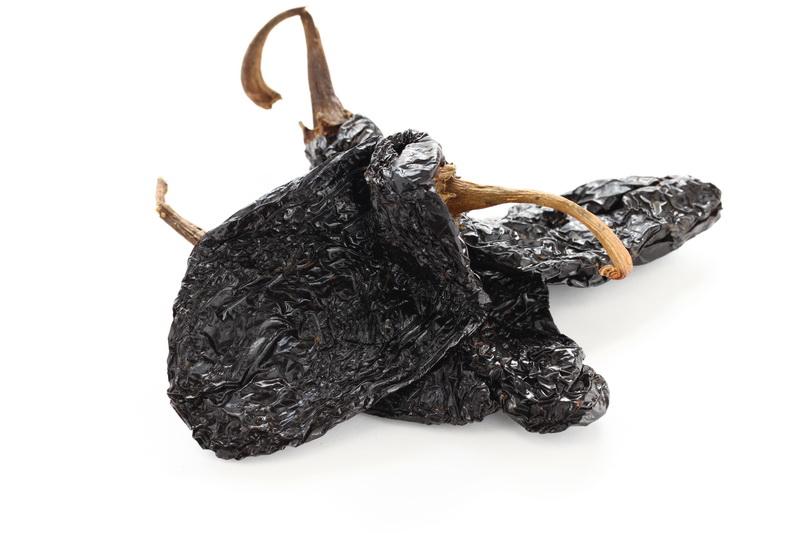
Mulato chiles are closely related to ancho chiles, another dried form of poblano peppers, but they are harvested later when the chiles are fully ripe and darker.
- Origins and Cultural Significance: Also pivotal in Mexican cuisine, particularly mole sauces.
- Flavor Profile: Smokier and slightly sweeter than ancho chiles, with hints of chocolate and coffee.
- Culinary Uses: It is ideal for mole, enchiladas, and other dishes that benefit from a deep, rich chili flavor.
- Heat Level Comparison: Similar heat to ancho but with added complexity in flavor.
- Pairing Suggestions: Great for chocolate-based dishes or complex stews that can handle and enhance its rich undertones.
3. Guajillo Chile Peppers

Guajillo chiles are among the most popular in Mexican cuisine. They offer a brighter, more dynamic heat.
- Origins and Cultural Significance: A staple in Mexican cooking, used in everything from salsas to marinades.
- Flavor Profile: Spicier than ancho chiles with a tangy and crisp flavor.
- Culinary Uses: It is perfect for pastes, rubs, and sauces where you want a noticeable but not overwhelming heat.
- Heat Level Comparison: Hotter than ancho chiles, providing a medium heat.
- Pairing Suggestions: Excellent in dishes that call for dried chiles, such as salsa roja or carne adobada.
4. Chipotle Peppers
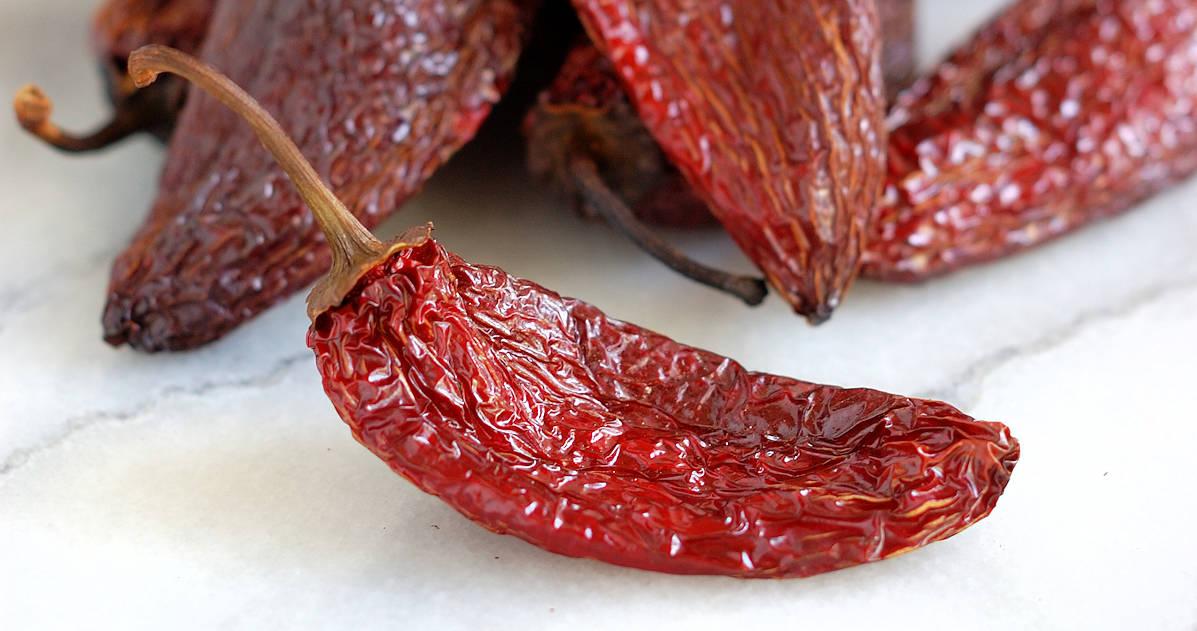
Chipotle peppers are dried, smoked jalapeños, known for their distinct smoky flavor and a heat level that packs more punch than ancho chiles.
- Origins and Cultural Significance: Integral to Mexican cuisine, especially in dishes that require a smoky taste.
- Flavor Profile: Smoky and moderately hot with a slightly sweet undertone.
- Culinary Uses: Used in salsas, adobo sauce, and marinades.
- Heat Level Comparison: Significantly hotter than ancho chiles, with a deep, smoky flavor.
- Pairing Suggestions: Ideal for adding smoky heat to meats, bean dishes, or even vegetarian recipes that need a flavor boost.
5. New Mexico Chile Peppers
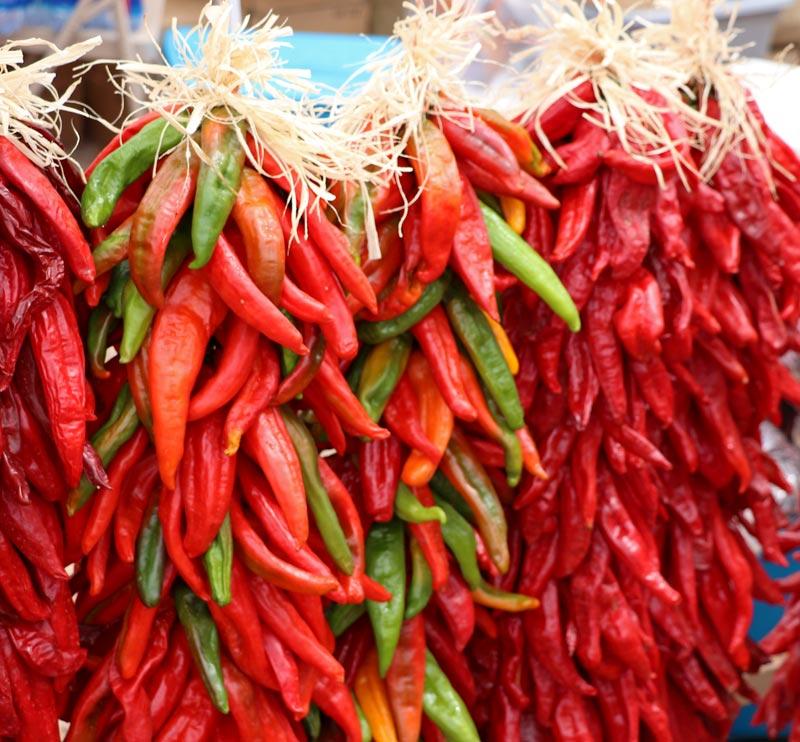
New Mexico chile peppers are a versatile chile known for their vibrant red color and sweet, slightly earthy flavor, similar to the ancho but milder.
- Origins and Cultural Significance: Predominantly cultivated in New Mexico, these chiles are essential in Southwestern U.S. cuisine.
- Flavor Profile: Sweet and mild with an earthiness that complements many dishes.
- Culinary Uses: Excellent for making red chile sauce, dried chile powders, and stews.
- Heat Level Comparison: Milder than ancho chiles, making them suitable for those who prefer less heat.
- Pairing Suggestions: Use in dishes like enchiladas, chile colorado, and other recipes where a mild, sweet chili flavor is desired.
6. California Chile Peppers

When fresh, also known as Anaheim chiles, these peppers are milder and offer a subtle sweetness, ideal for dishes needing a gentle chili presence.
- Origins and Cultural Significance: Widely used in Californian and Mexican cuisine, particularly popular in the southwestern United States.
- Flavor Profile: Mild heat with a slightly sweet taste.
- Culinary Uses: Often used in salsas, chile rellenos, and sauces.
- Heat Level Comparison: Much milder than ancho chiles.
- Pairing Suggestions: This chili pairs well with dishes that benefit from a light, sweet chili flavor without overpowering other ingredients.
7. Poblano Peppers
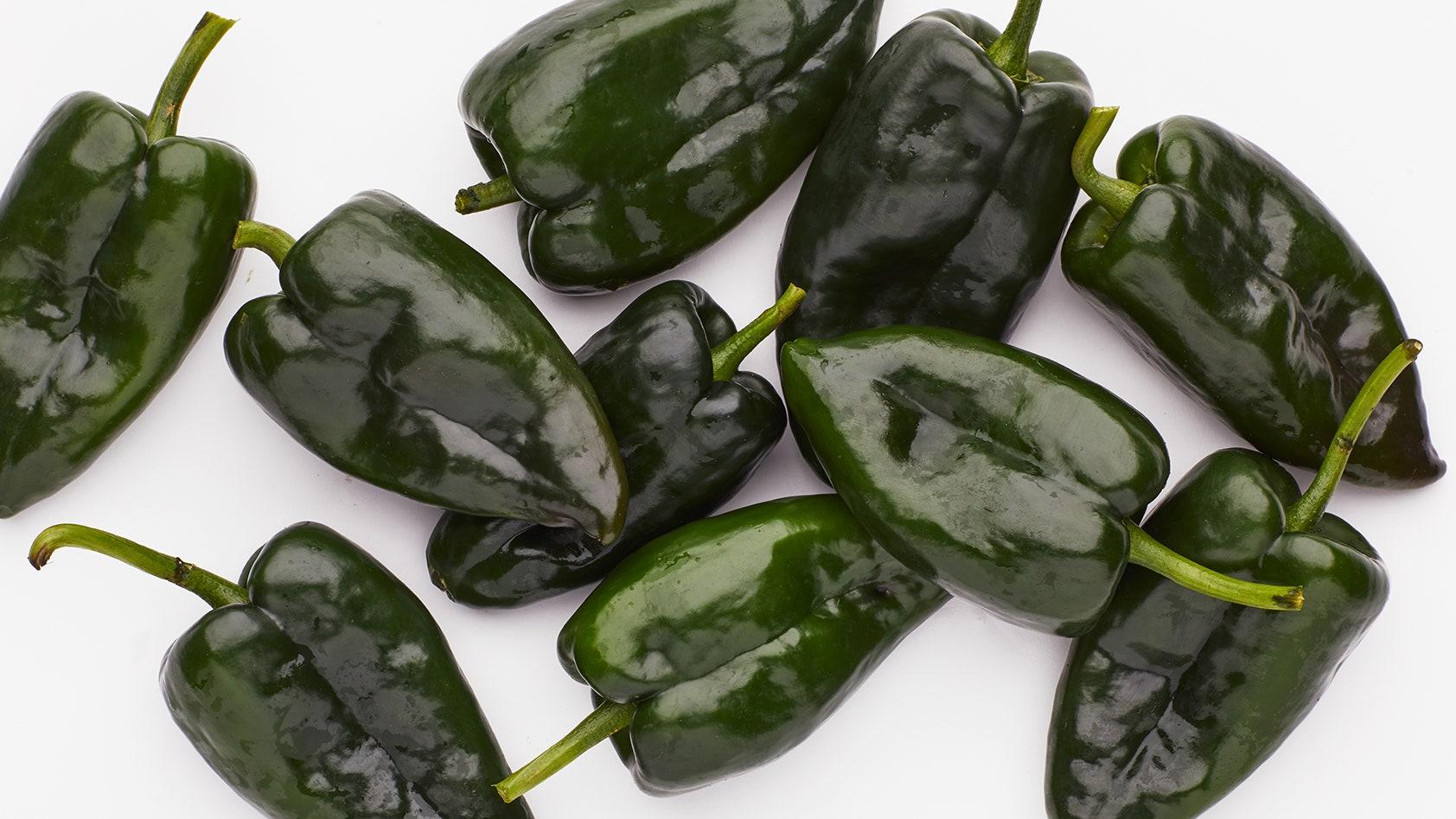
When fresh, poblano peppers are less intense and can be dried to make ancho chiles, providing a milder, sometimes almost bell pepper-like sweetness.
- Origins and Cultural Significance: Native to Mexico, poblanos are among the most popular chiles in Mexican cooking.
- Flavor Profile: Mildly spicy with a noticeably sweet undertone.
- Culinary Uses: Popular in chile rellenos and roasted for use in various dishes.
- Heat Level Comparison: Much milder than dried ancho chiles, especially when fresh.
- Pairing Suggestions: Due to their large size and mild flavor, they are ideal for stuffing or used in salads and salsas where a gentler heat is needed.
8. Smoked Paprika
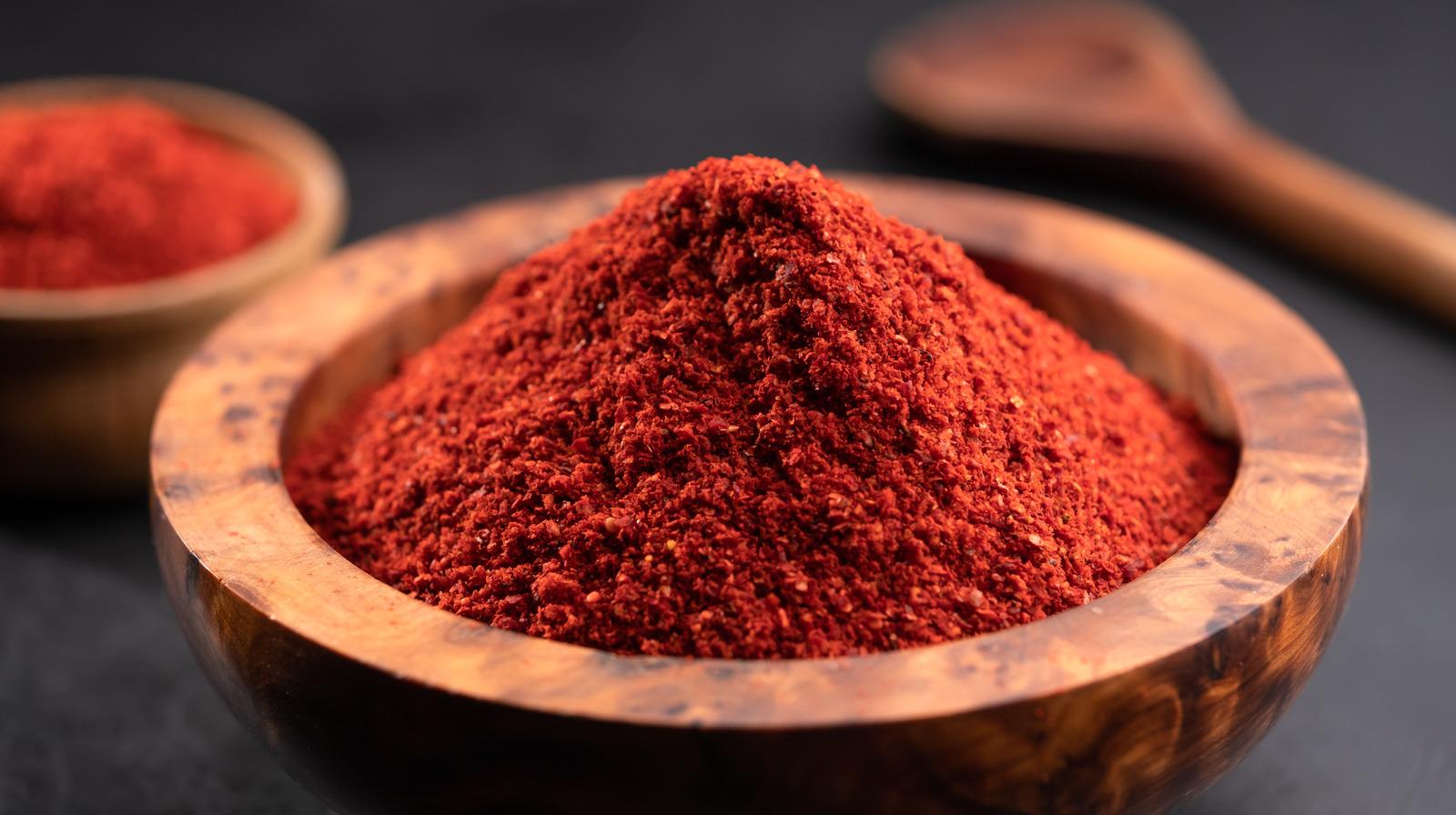
This spice offers a smoky flavor similar to chipotle but without the inherent heat, making it a great alternative for adding smokiness to dishes.
- Origins and Cultural Significance: Smoked paprika, which originated in Spain, is made from smoke-dried and crushed peppers.
- Flavor Profile: Rich and smoky, with a subtle earthiness and no additional heat.
- Culinary Uses: It can be used in rubs, marinades, and seasoning meats and vegetables.
- Heat Level Comparison: No heat, just smoke flavor.
- Pairing Suggestions: This is perfect for dishes where you want the depth of smoke without the burn, such as soups, stews, and grilled recipes.
9. Sweet Paprika
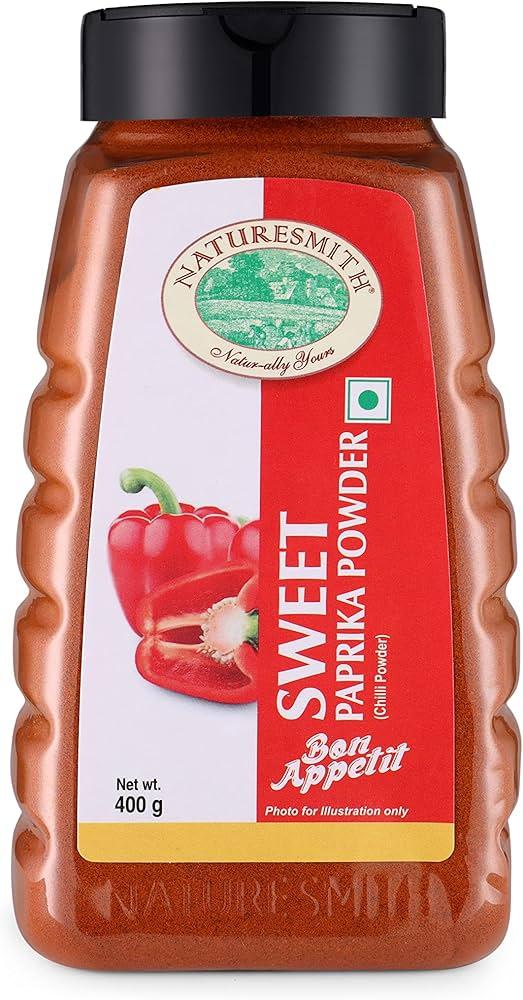
Sweet Paprika is made from dried, ground bell peppers. It offers a mild flavor and vibrant color without any heat. It’s an excellent option for adding sweetness and depth to dishes.
- Origins and Cultural Significance: Primarily used in Hungarian and Spanish cuisines, sweet paprika is a staple spice known for its role in dishes like goulash and paprikash.
- Flavor Profile: Sweet paprika, characterized by its mild sweetness and rich color, provides a subtle earthiness to dishes.
- Culinary Uses: It is perfect for adding color and mild flavor to soups, stews, and marinades and as a garnish on deviled eggs and potato salads.
- Heat Level Comparison: This product offers no heat, focusing purely on imparting a sweet, mild flavor and vibrant color.
- Pairing Suggestions: Works well in creamy dishes or with vegetables, enhancing their natural flavors without overpowering them with spice.
10. Chili Powder

Chili Powder is a blend of spices, including ground-dried chiles, cumin, garlic, and oregano, making it more complex than single chile powders.
- Origins and Cultural Significance: Widely used in Tex-Mex and Mexican cuisine, chili powder is essential for dishes like chili con carne and tacos.
- Flavor Profile: This spice mix delivers warmth and complexity, with varying heat levels depending on the chiles used in the blend.
- Culinary Uses: It is ideal for seasoning meats, beans, and vegetables and as a base for constructing layered spice profiles in sauces and stews.
- Heat Level Comparison: The heat can range from mild to moderately spicy, tailored by the type and amount of chile peppers used in the blend.
- Pairing Suggestions: It is excellent in robust and hearty dishes that can handle and complement its complex flavors, such as chili, stews, and grilled meats.
Summing Up
Exploring substitutes for ancho chile peppers opens up many possibilities in your kitchen.
From the smoky flavors of chipotle to the gentle sweetness of California chiles, each alternative offers a unique way to enhance your dishes.
By understanding the distinct characteristics of these substitutes, you can confidently adjust recipes to suit your taste preferences and heat tolerance.
So, the next time your pantry runs low on ancho chiles, remember that a delicious solution is just a substitute away.
Take the opportunity to experiment with different chiles and discover new favorite flavors.
After all, every great chef knows that flexibility and creativity in the kitchen are the true spices of life!

